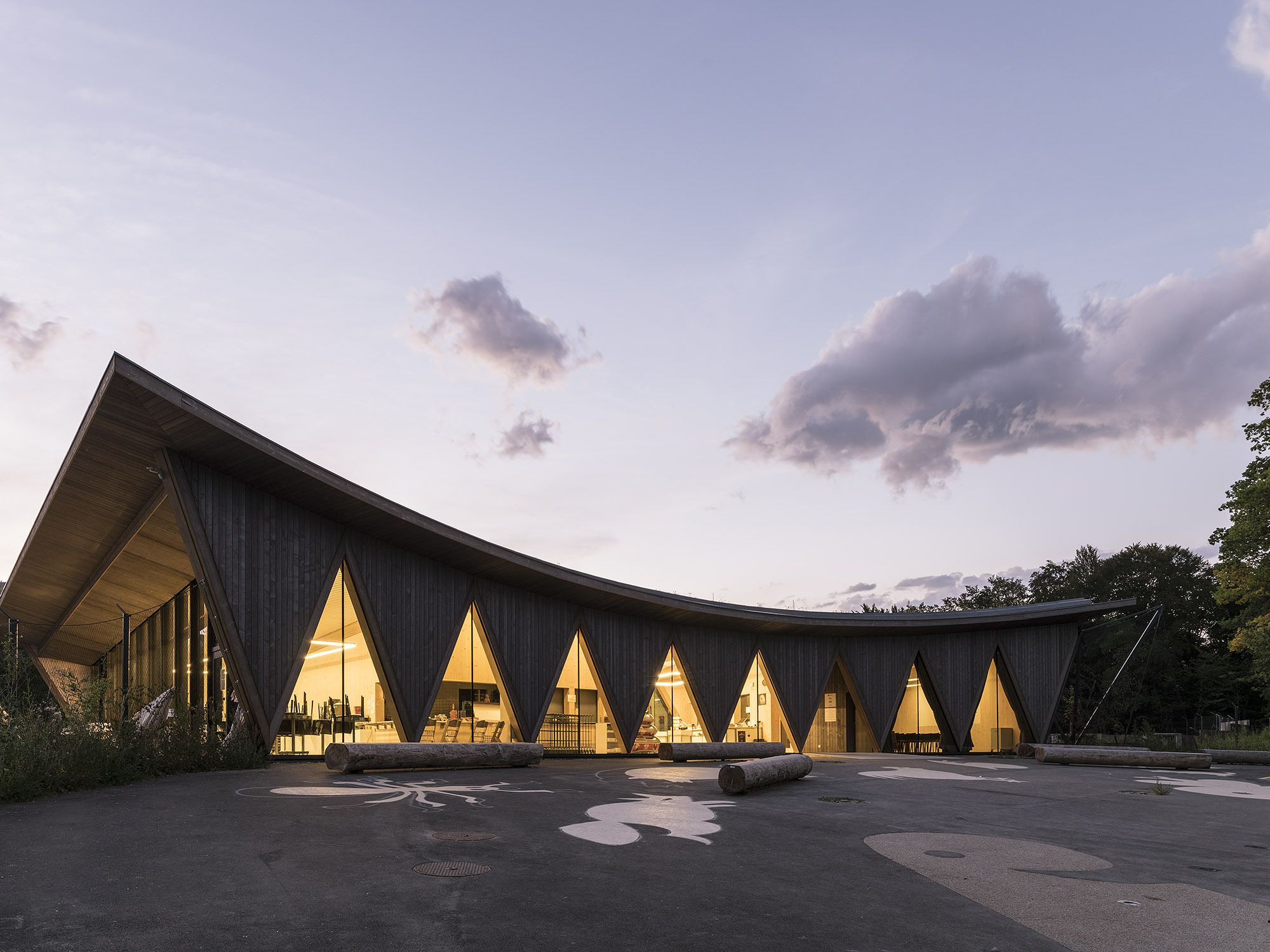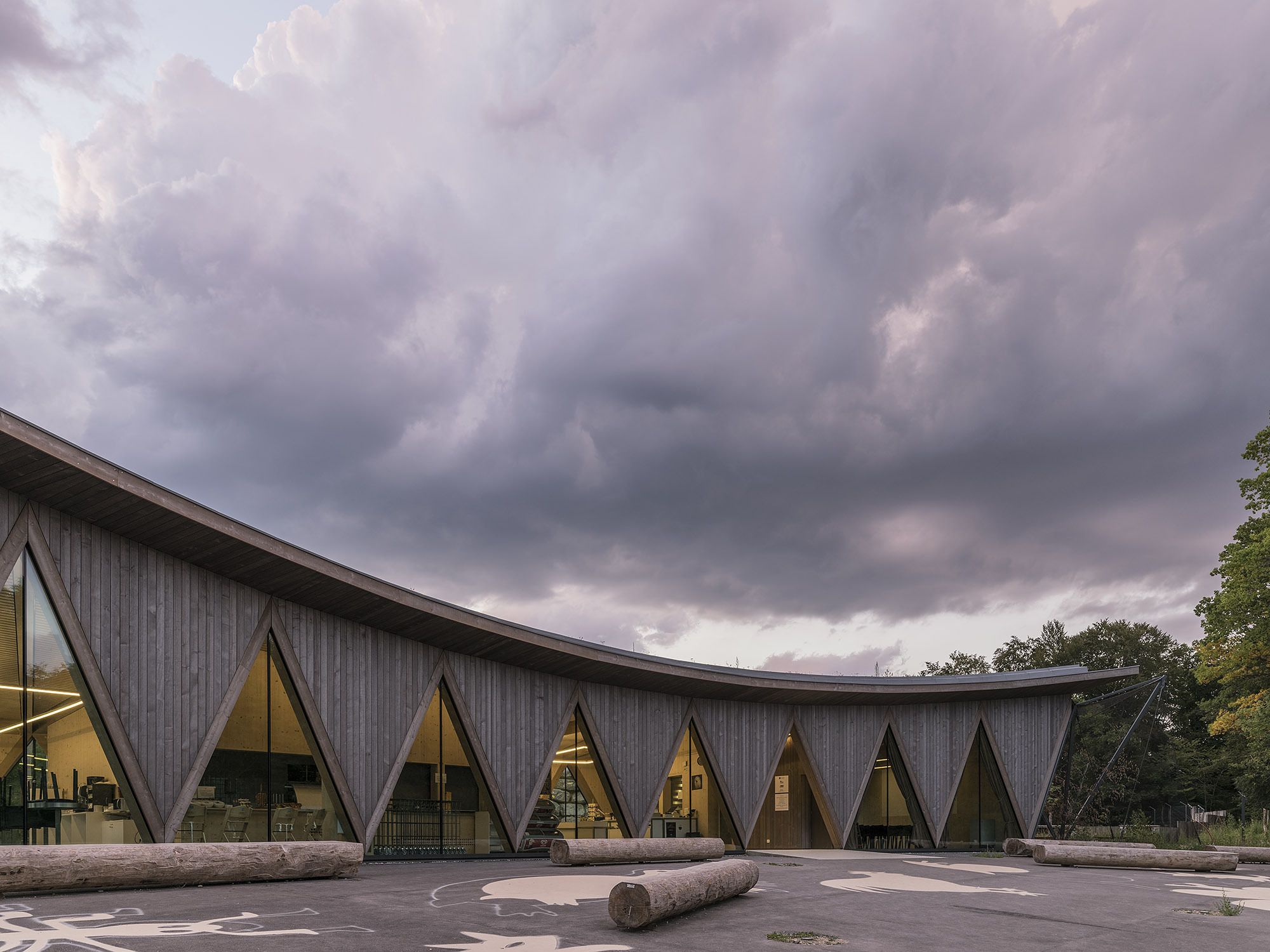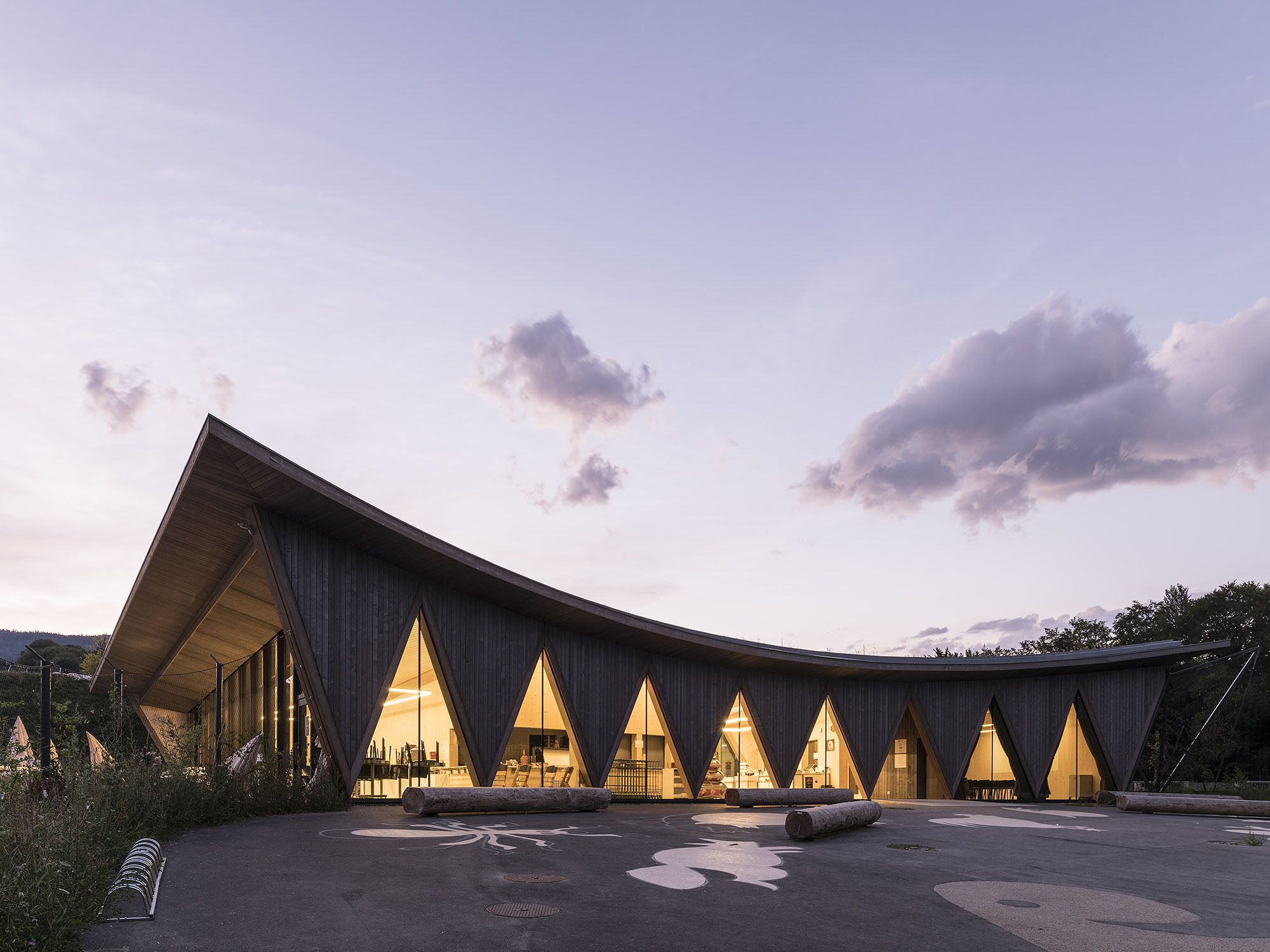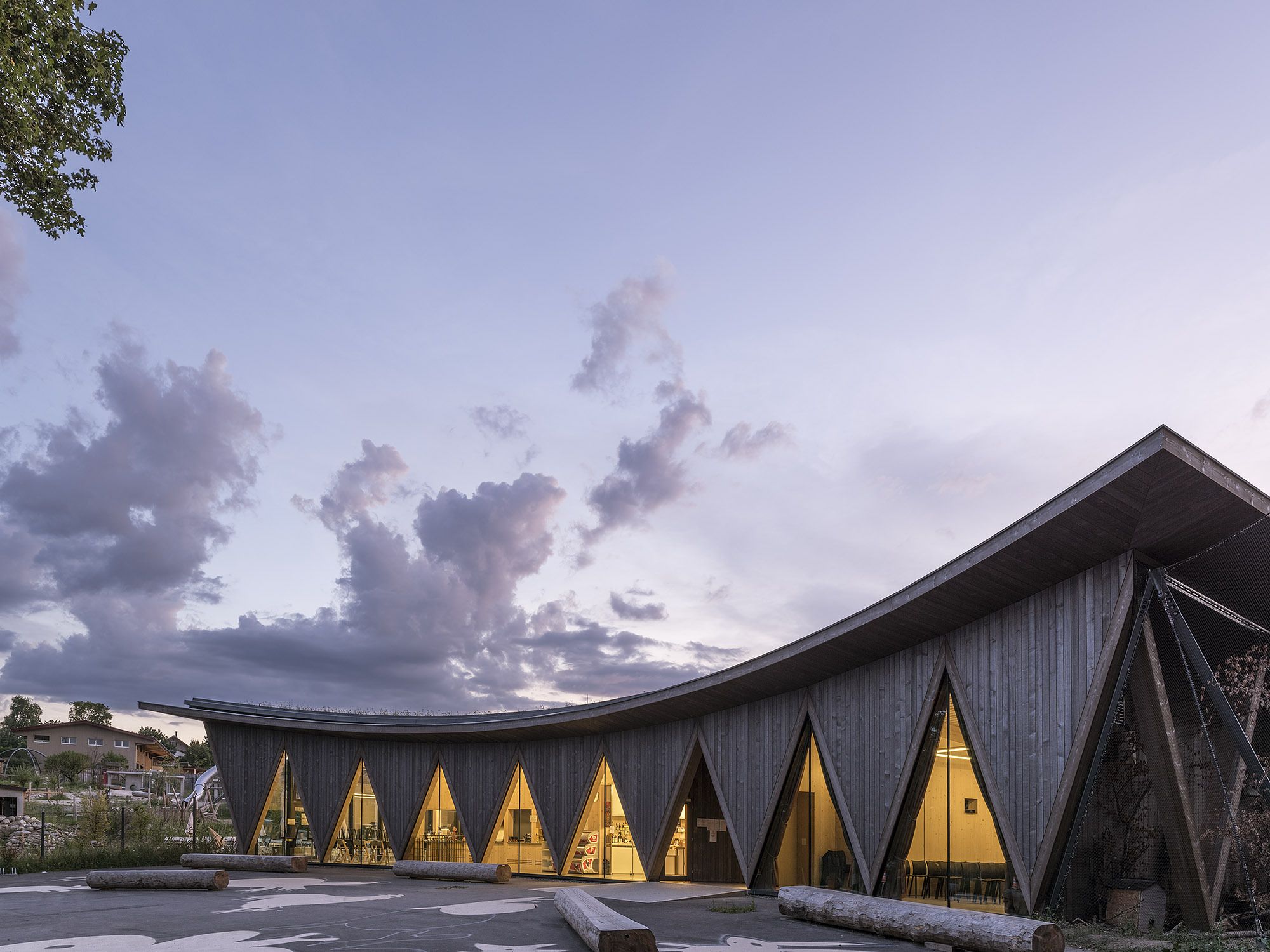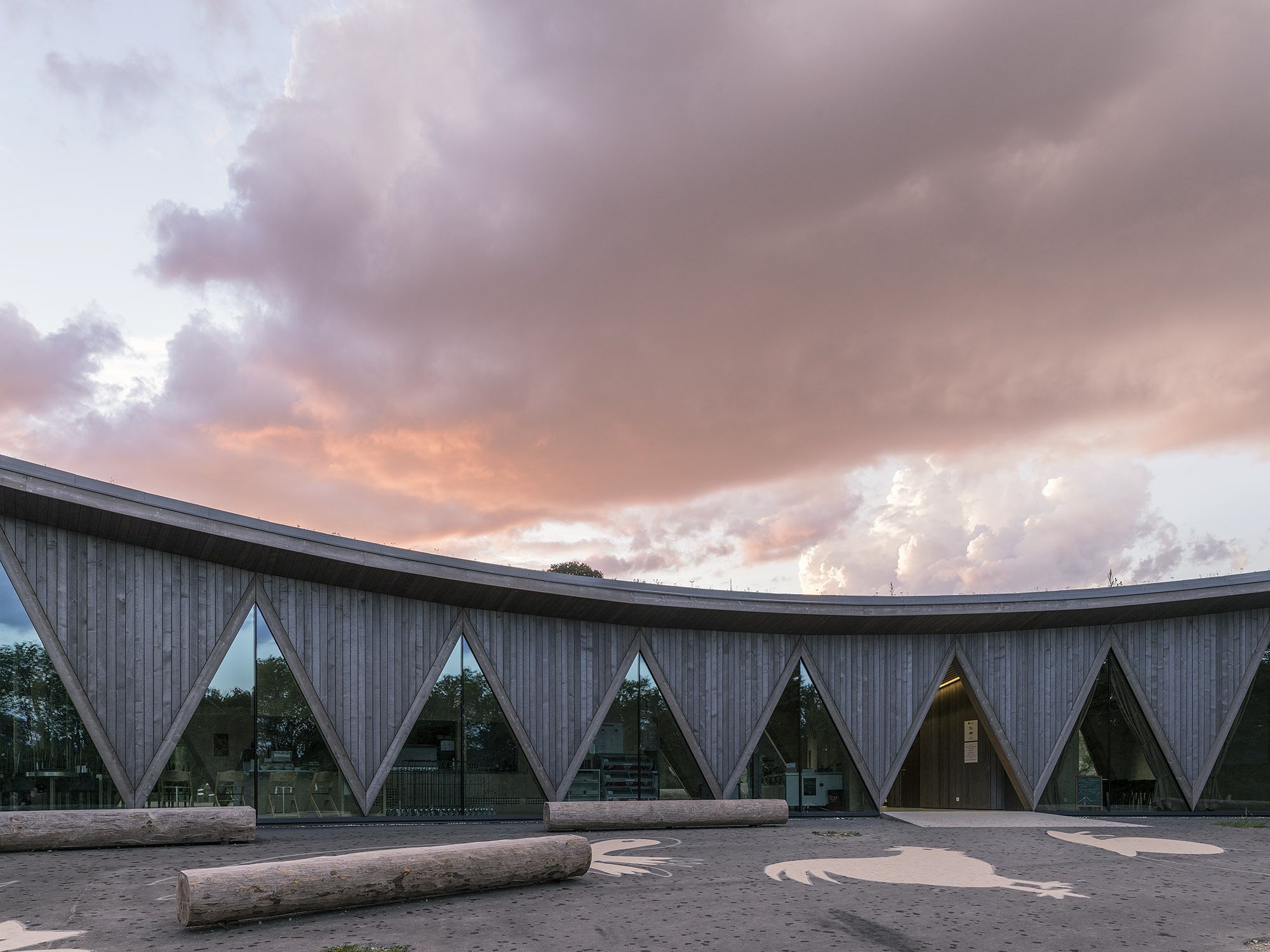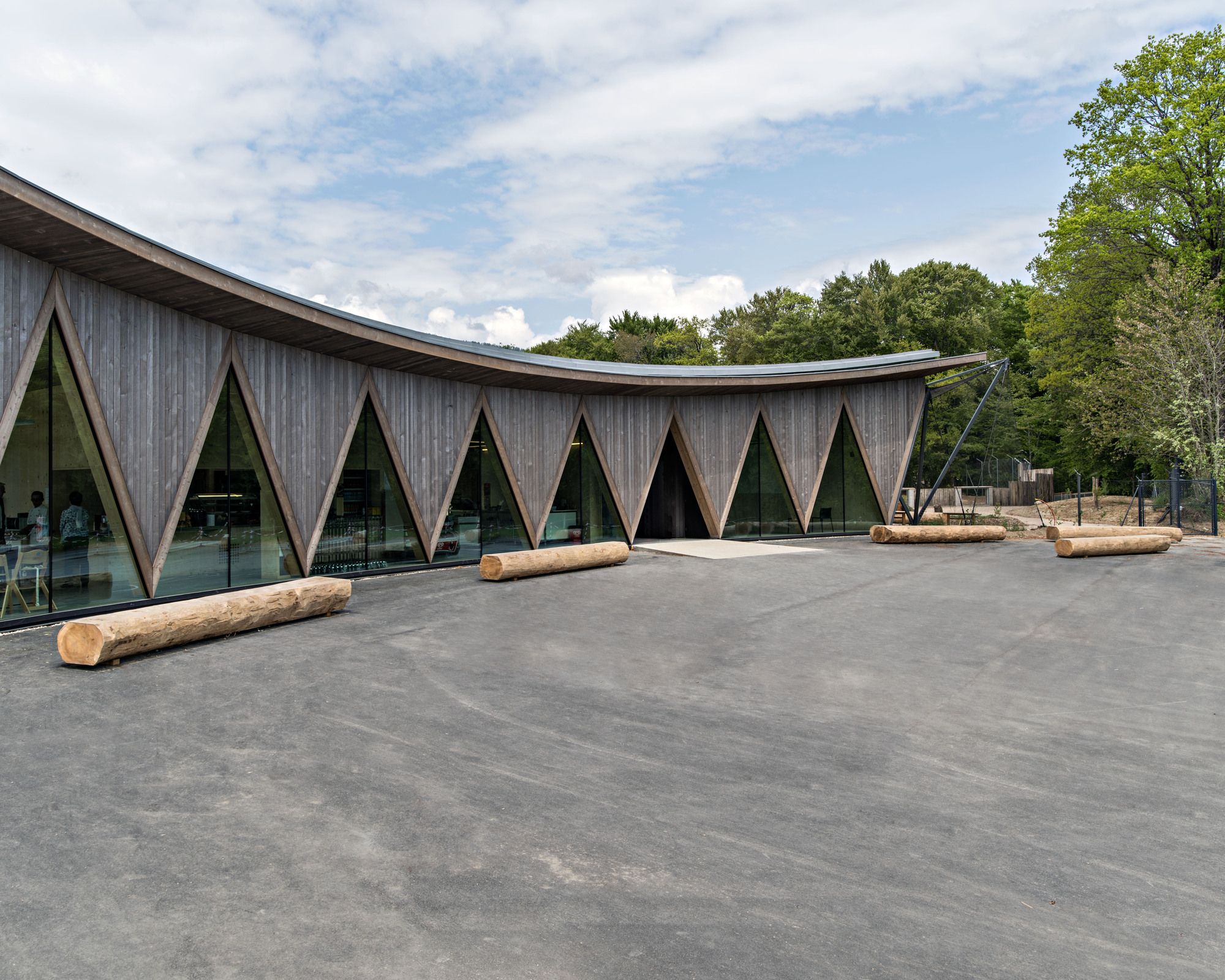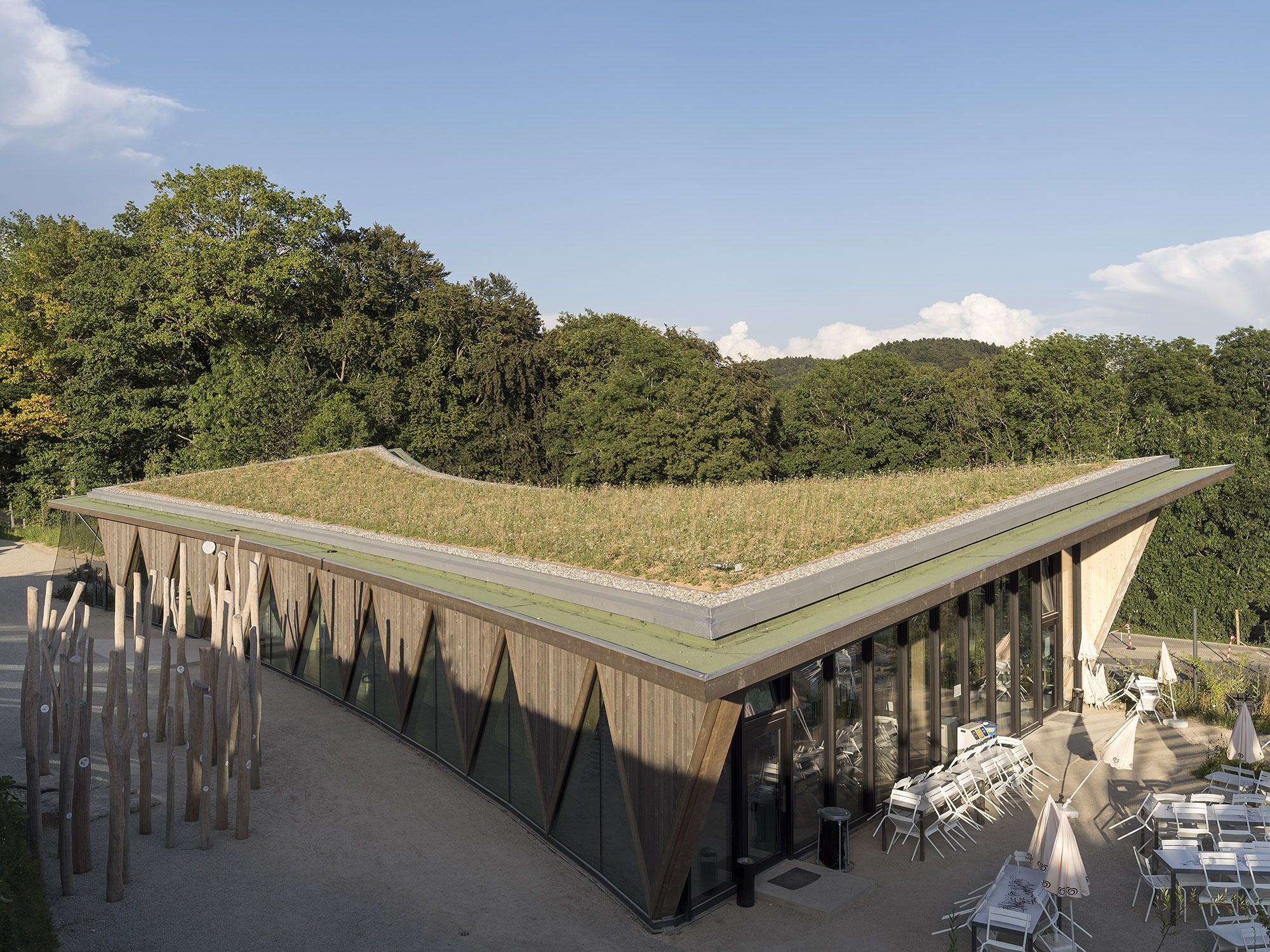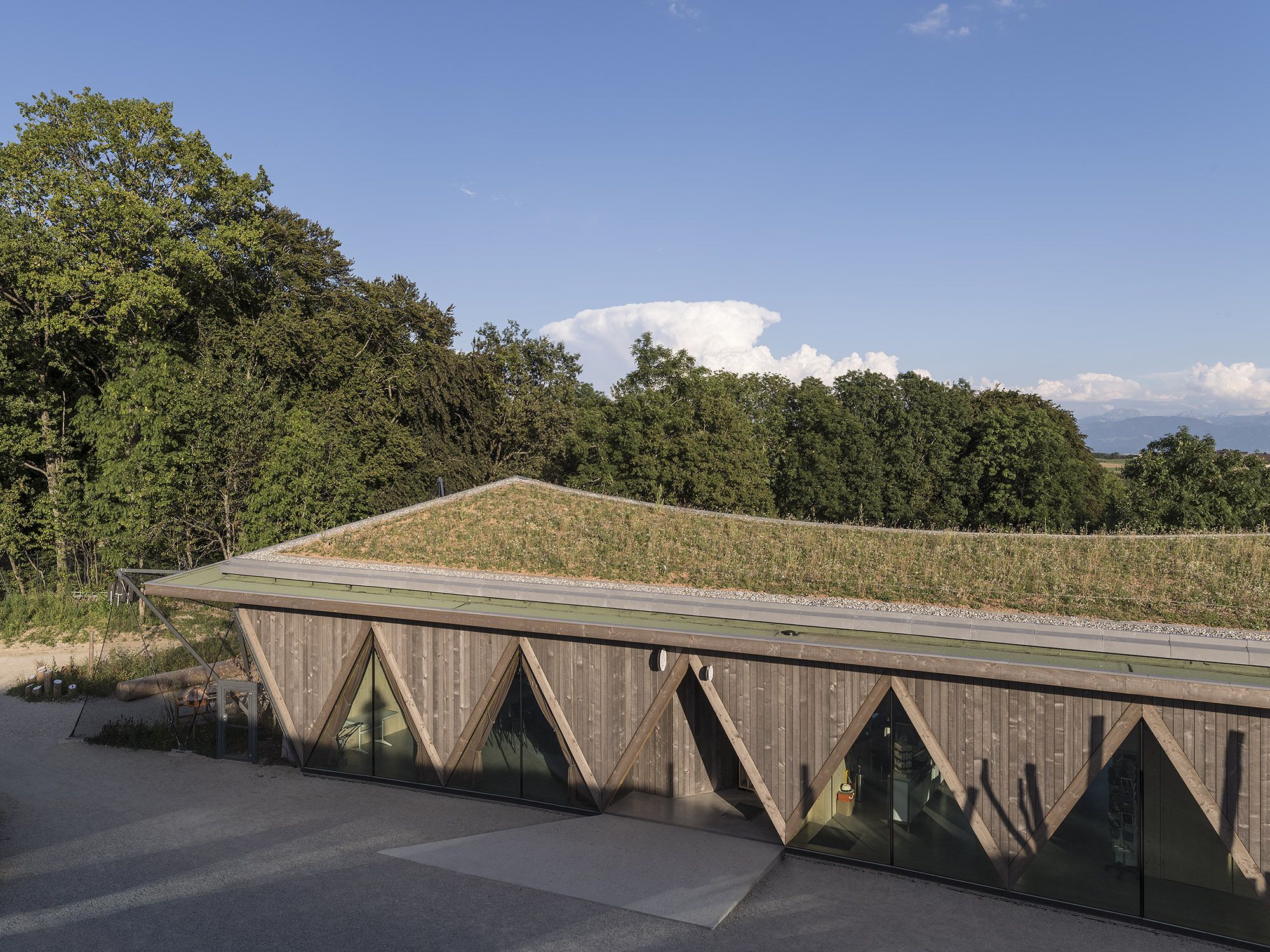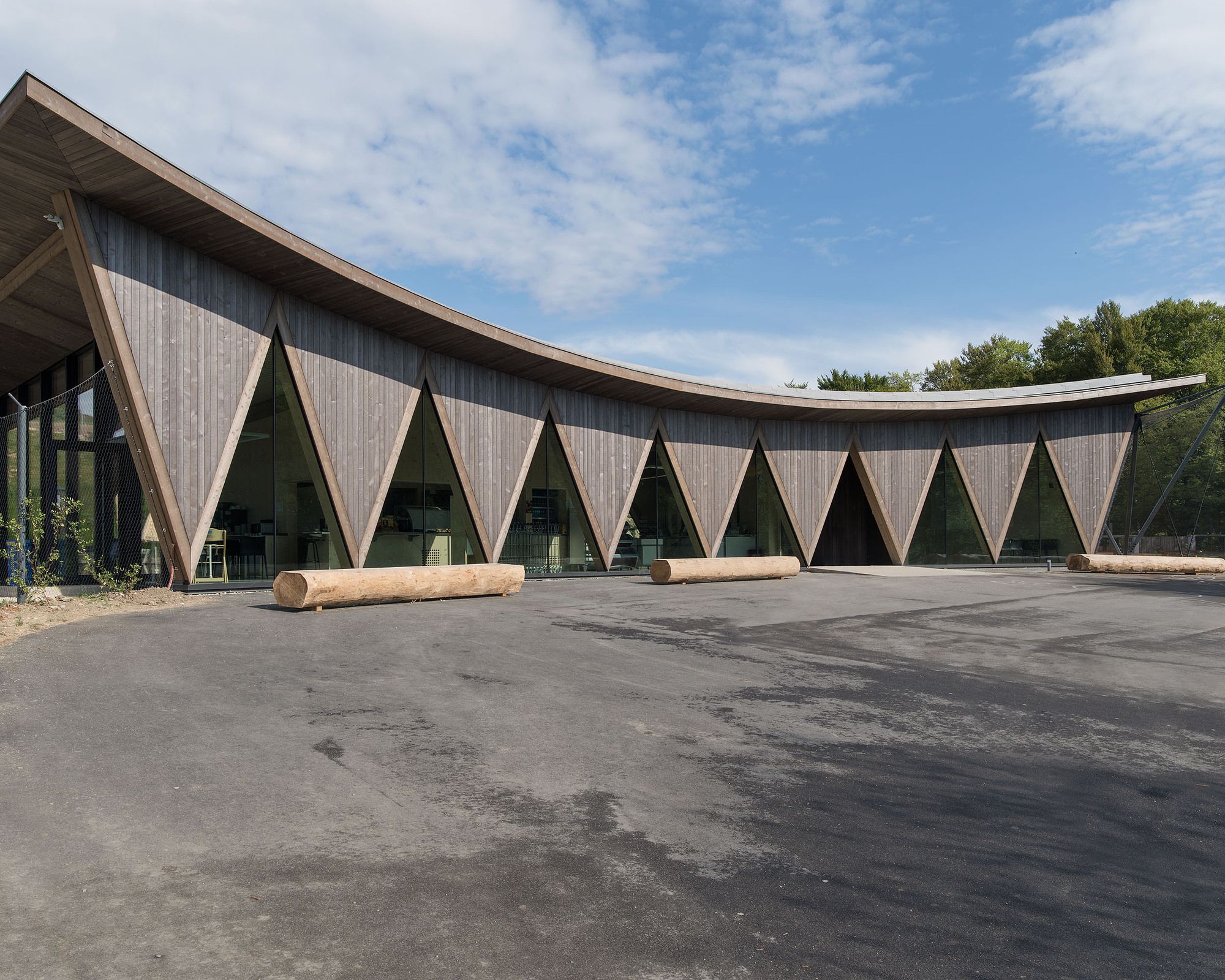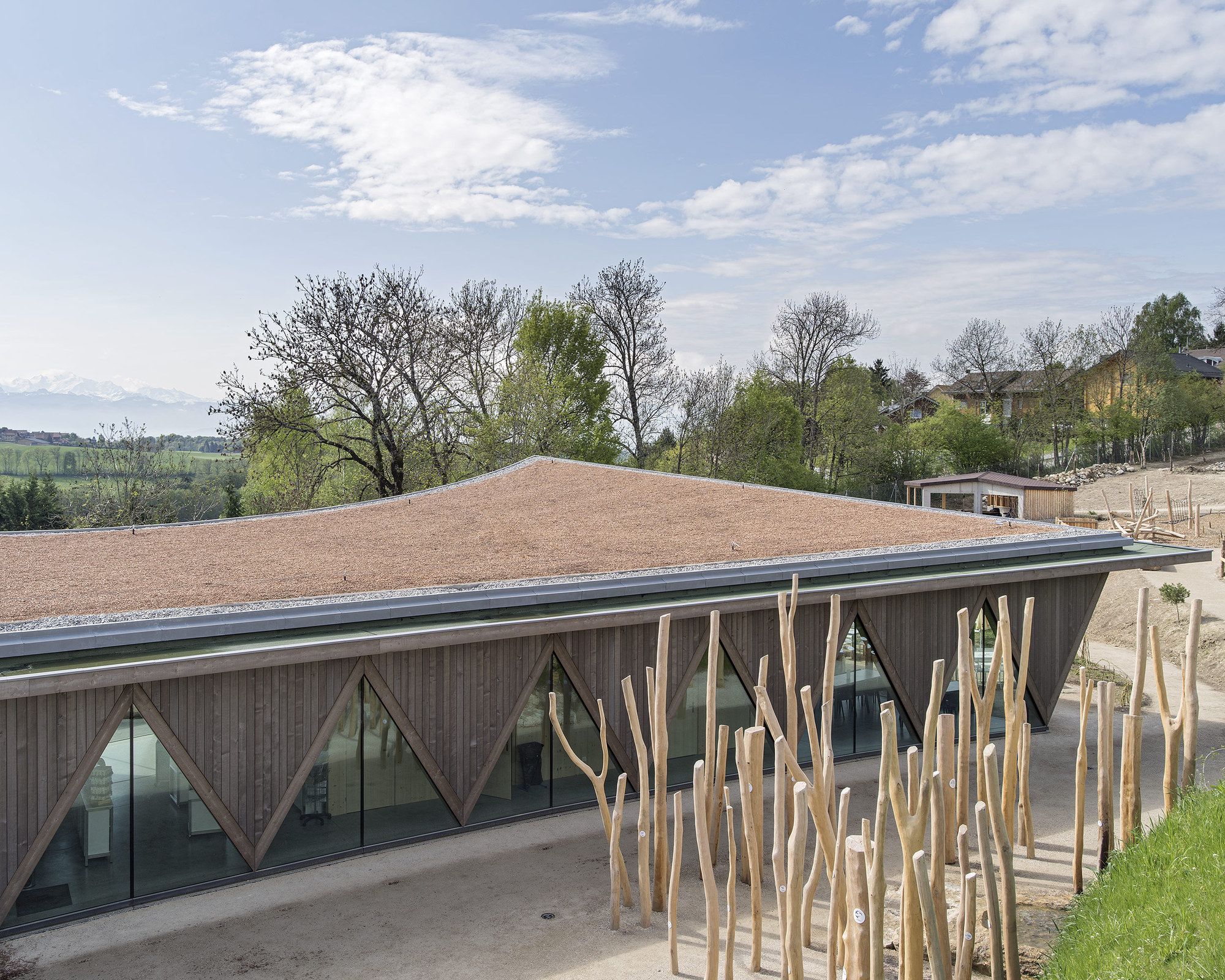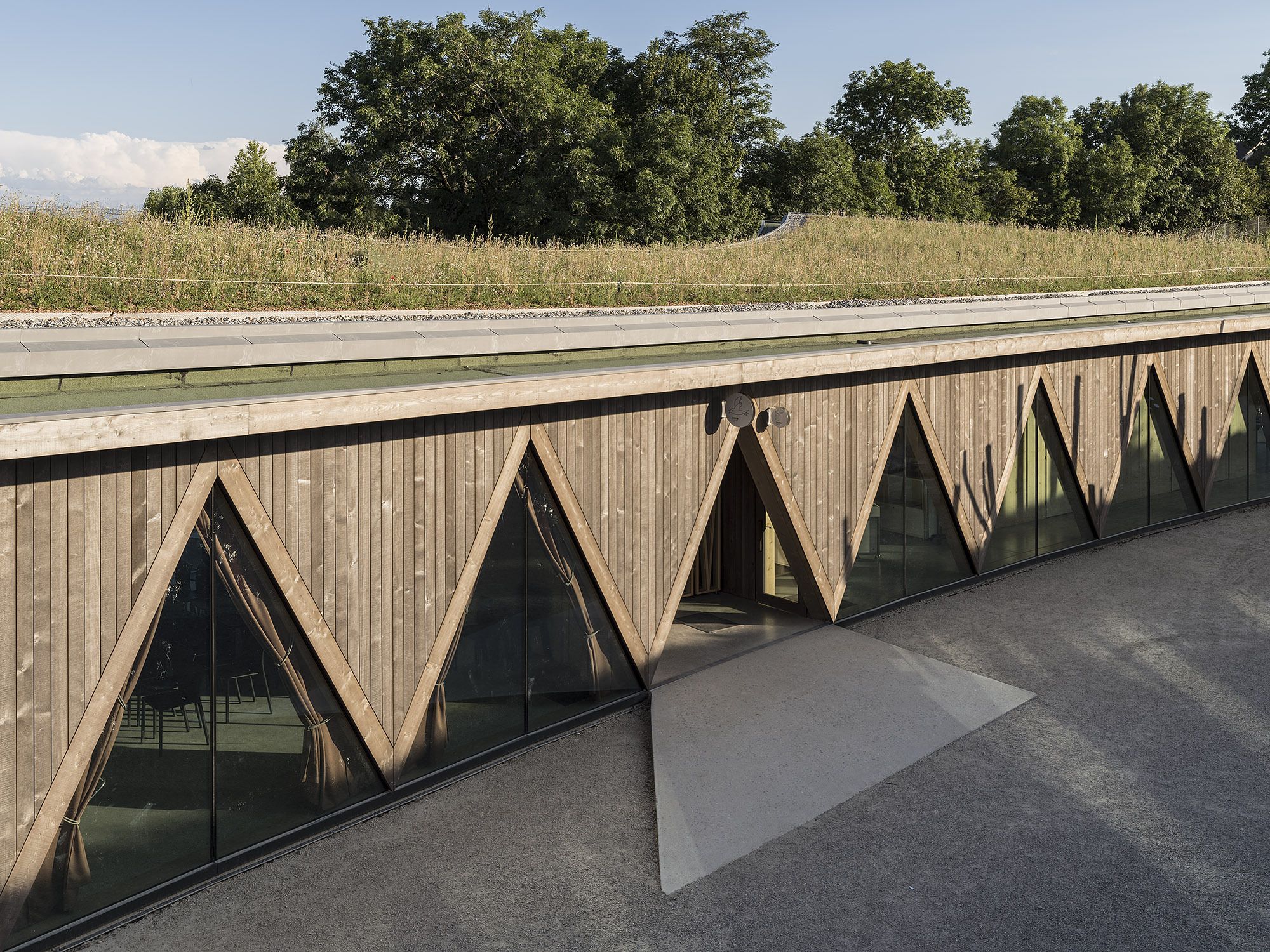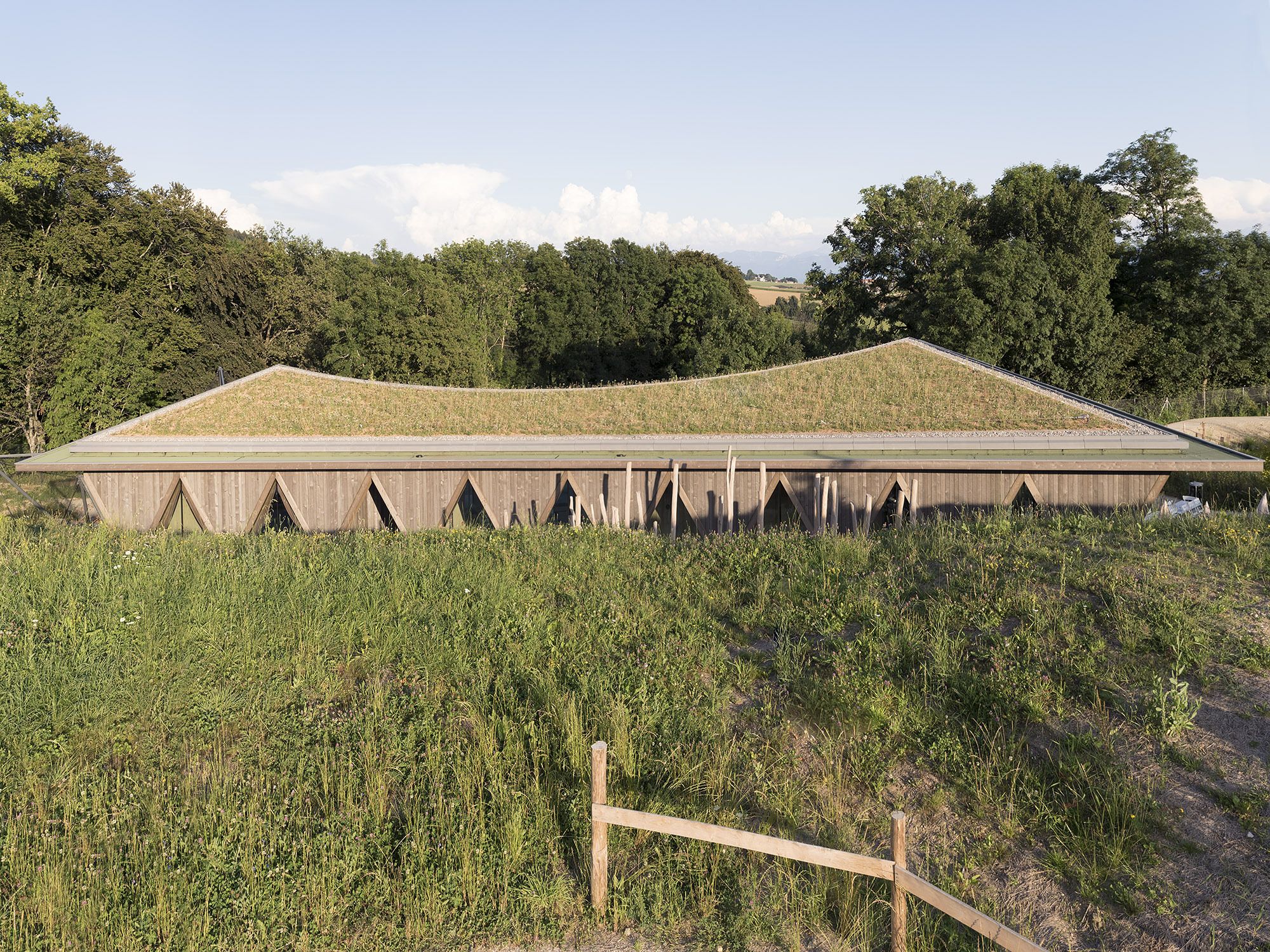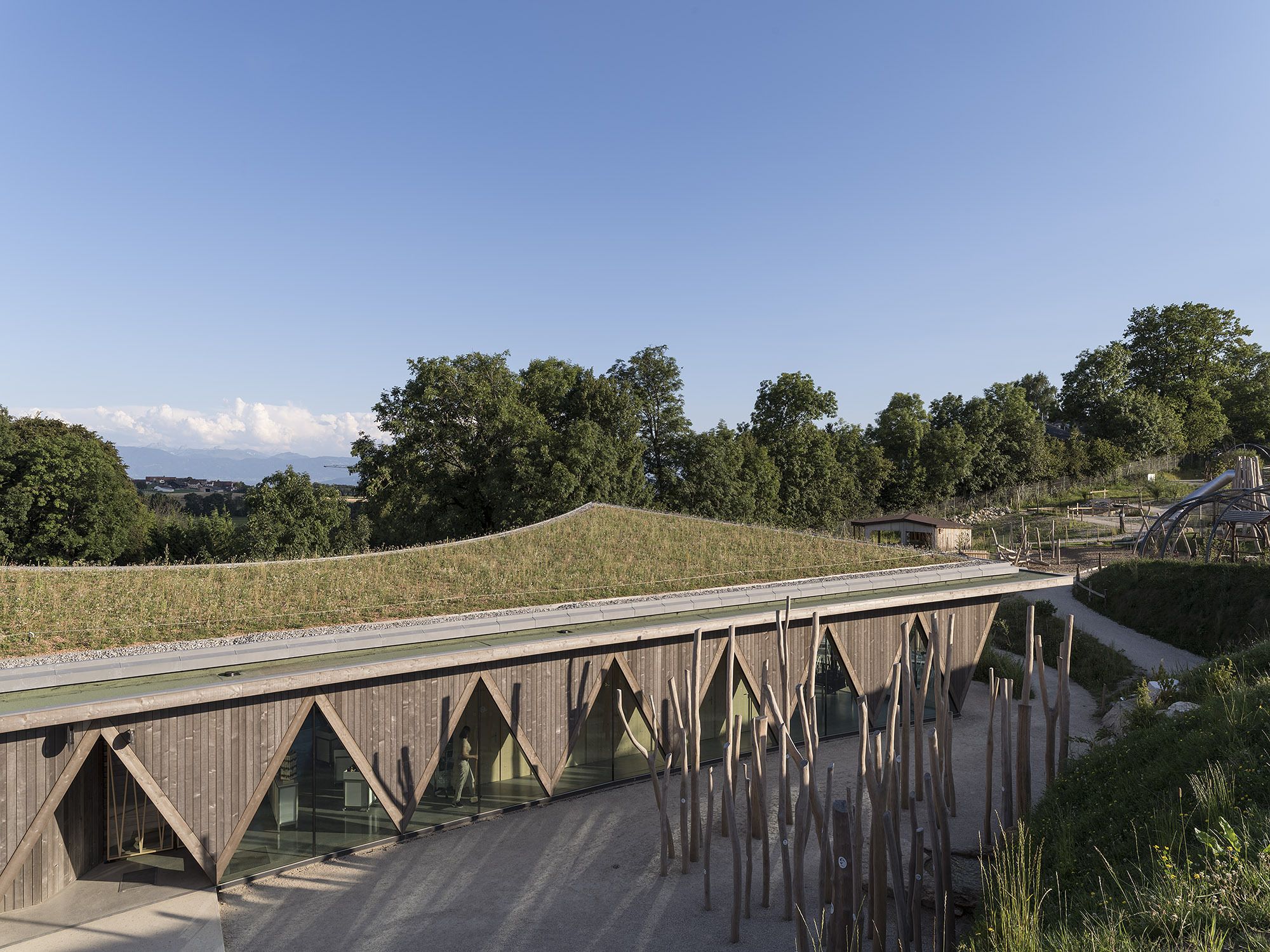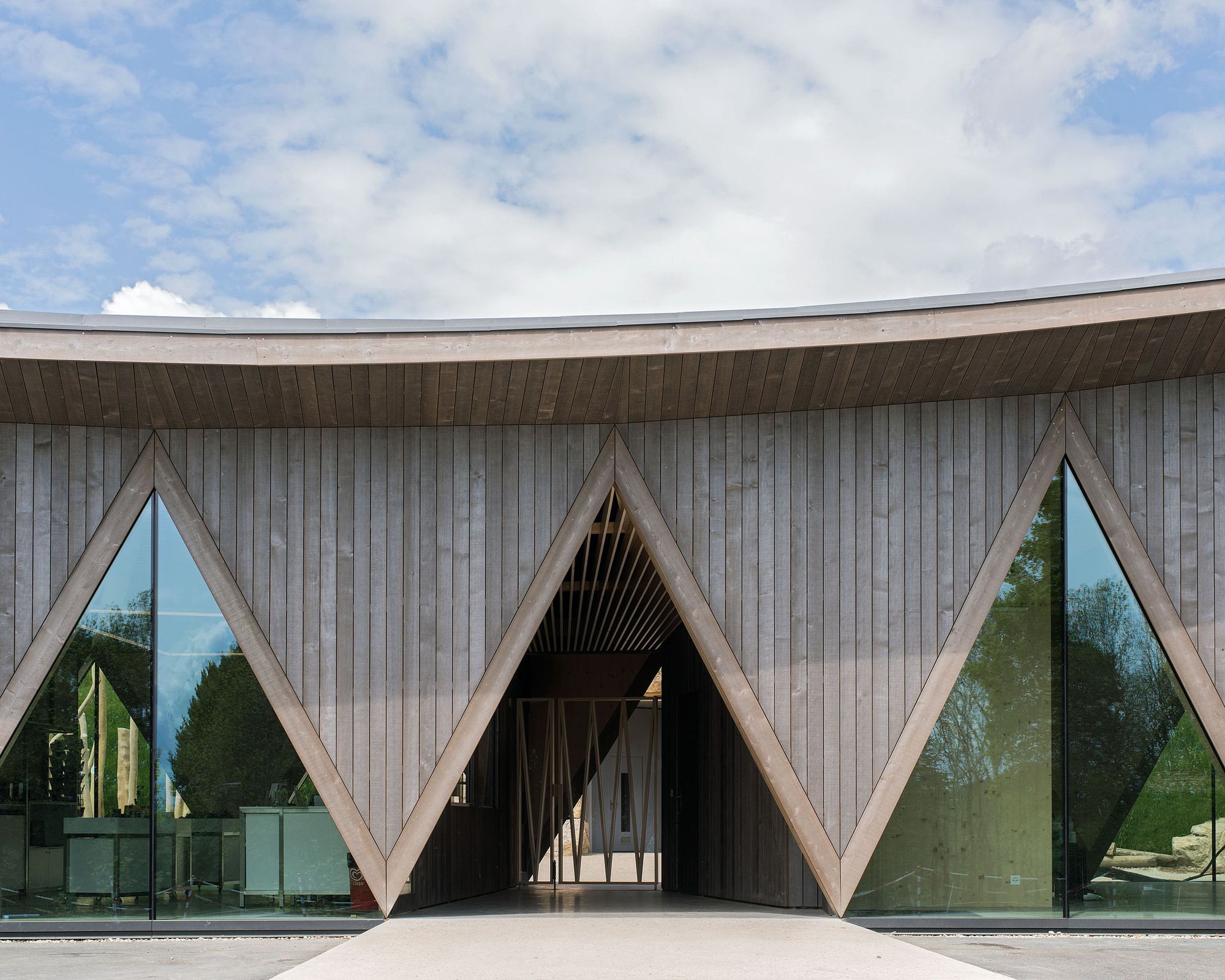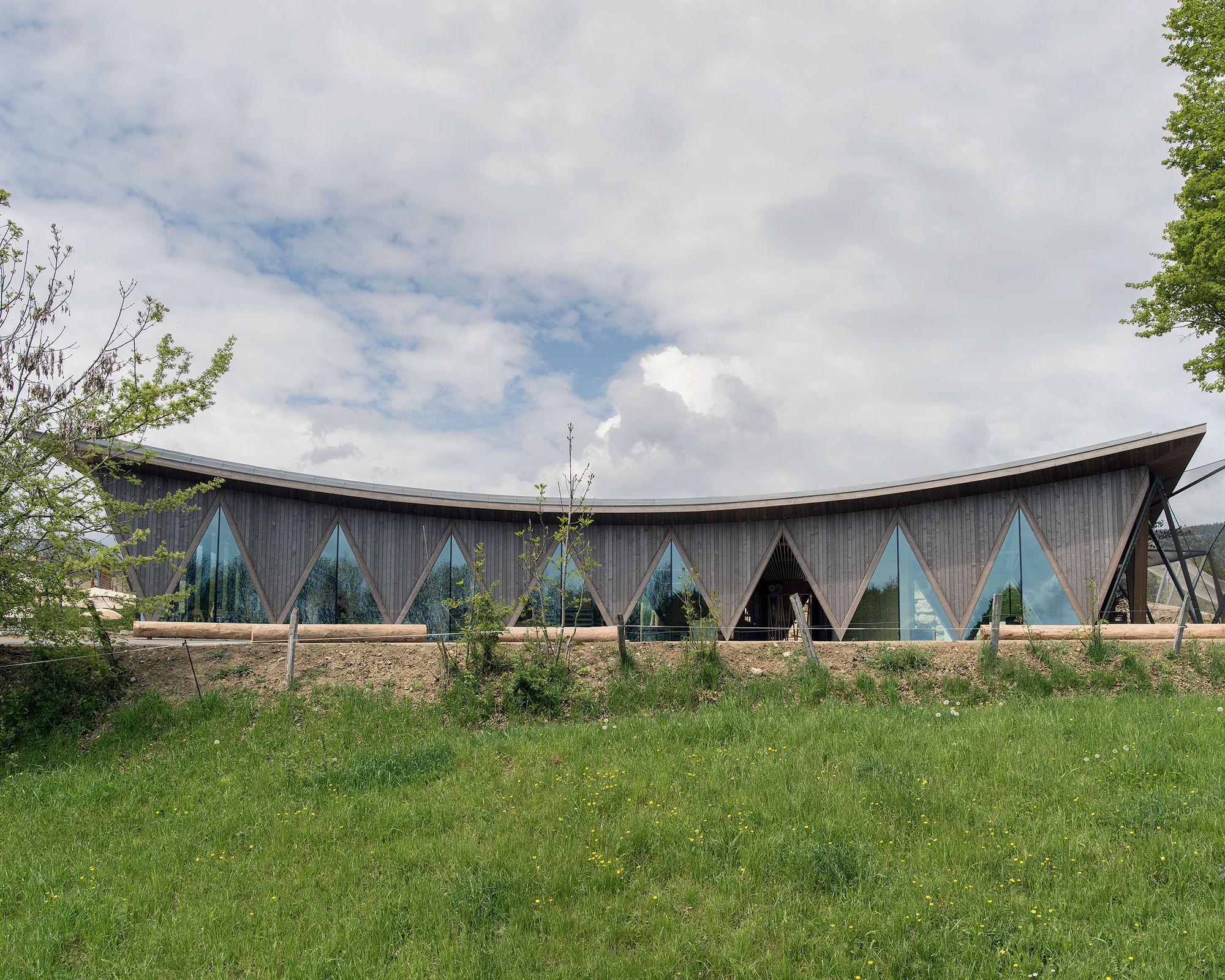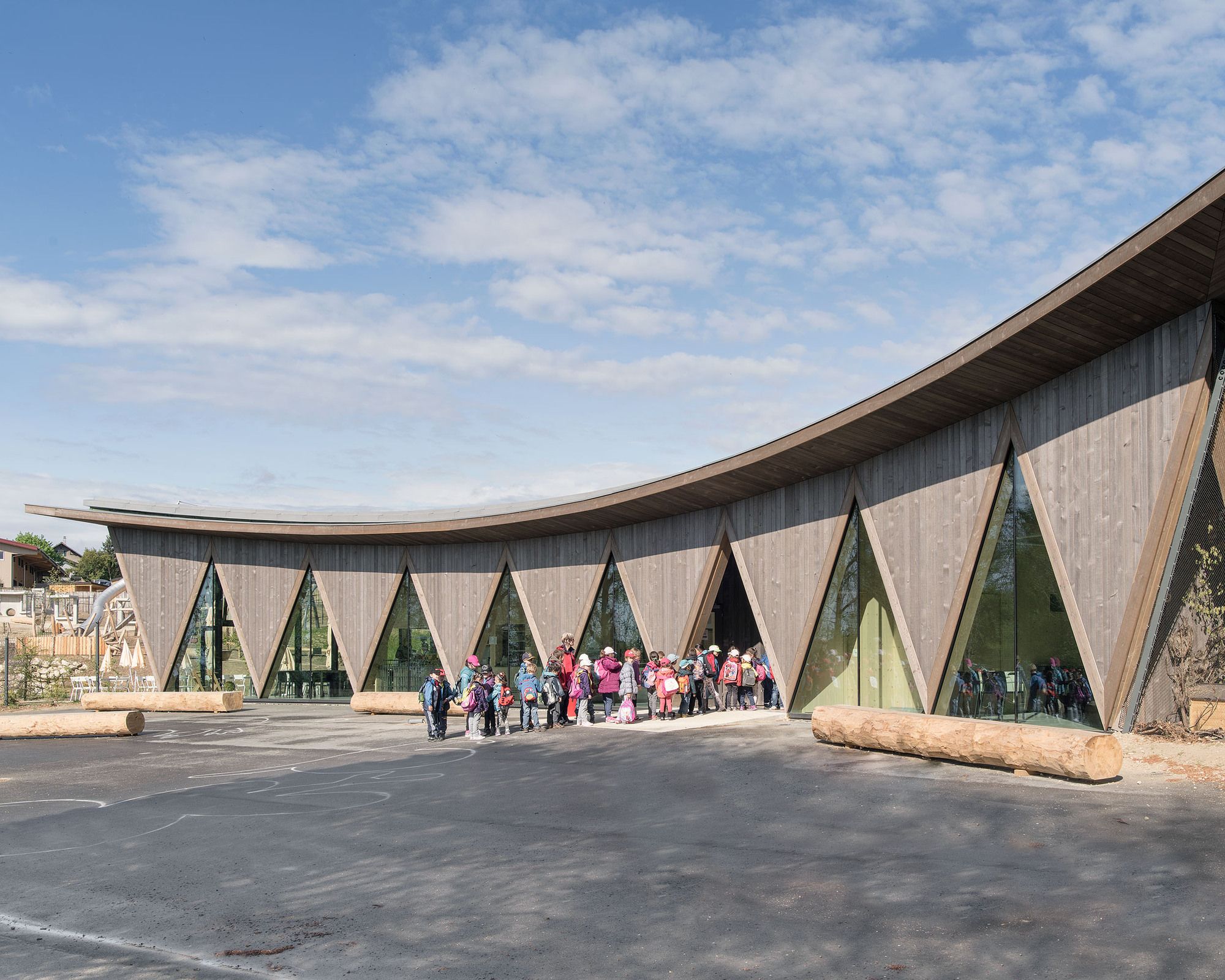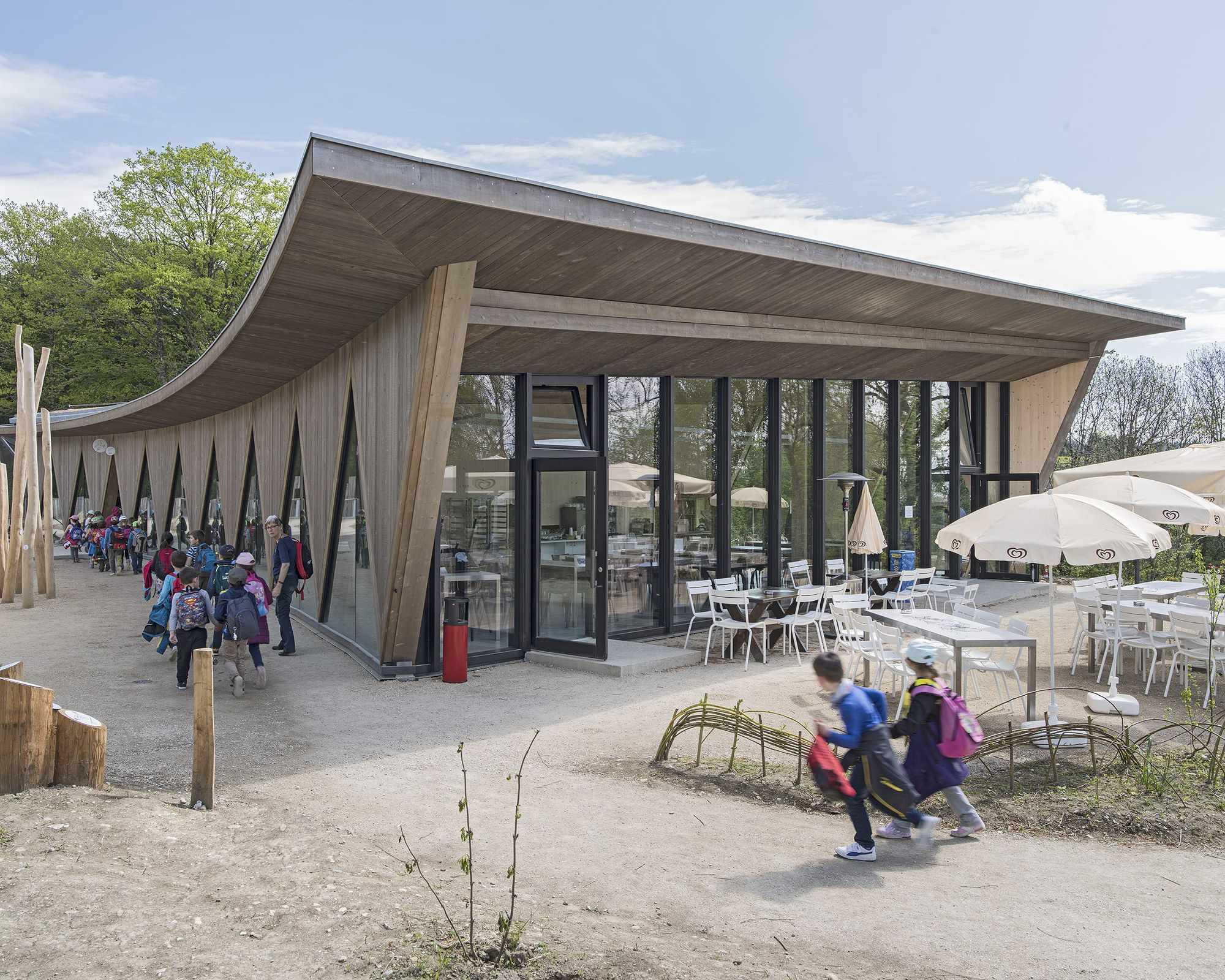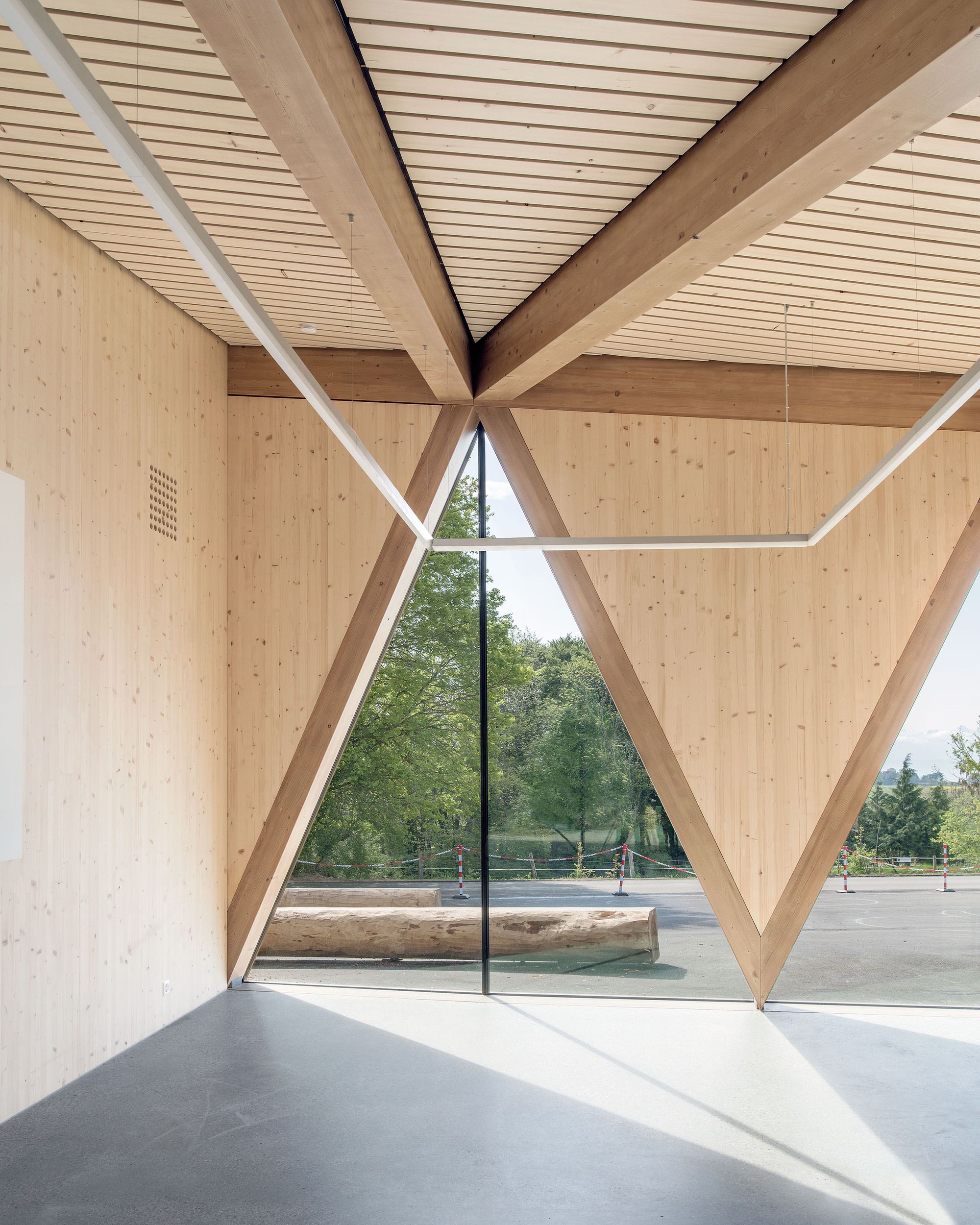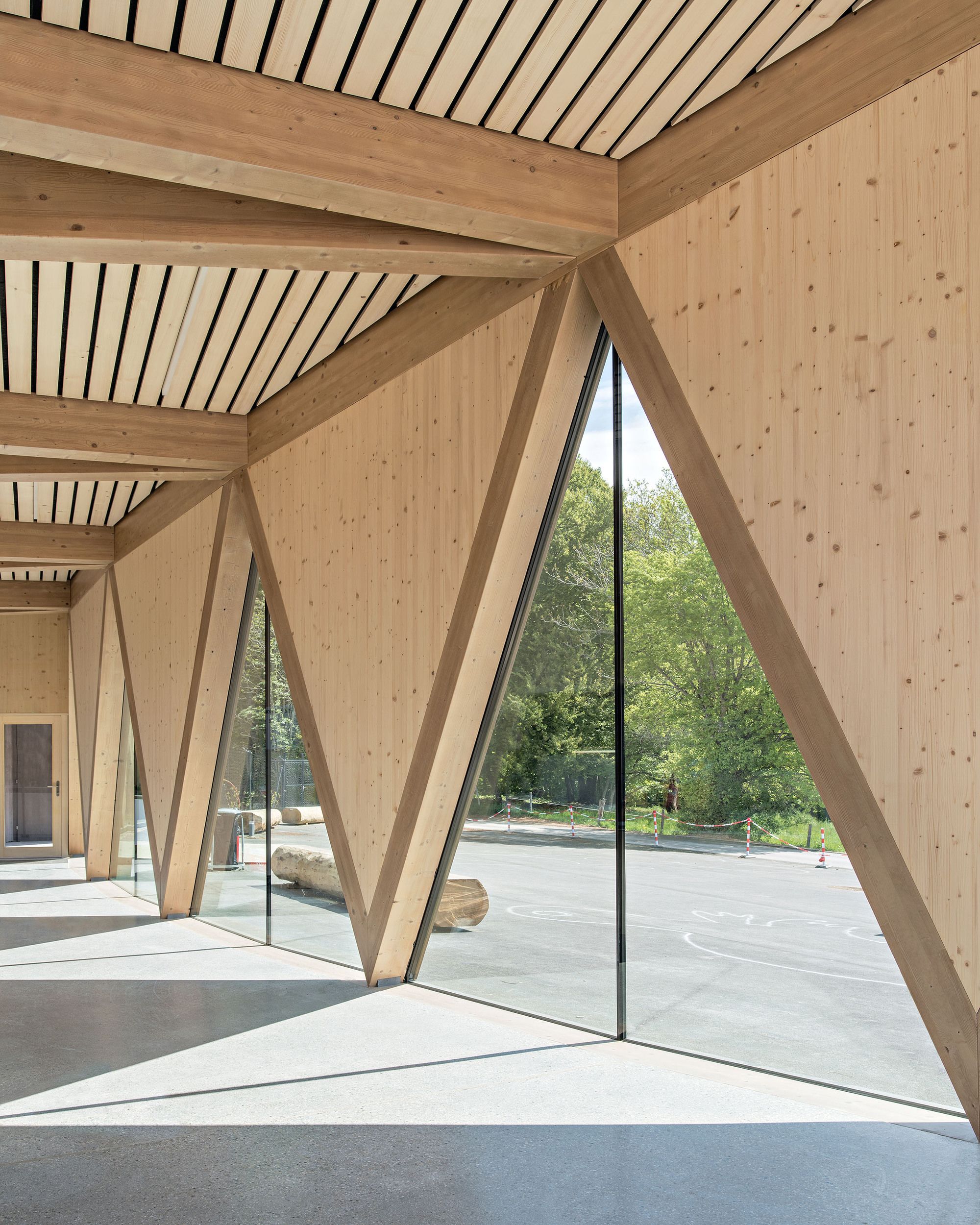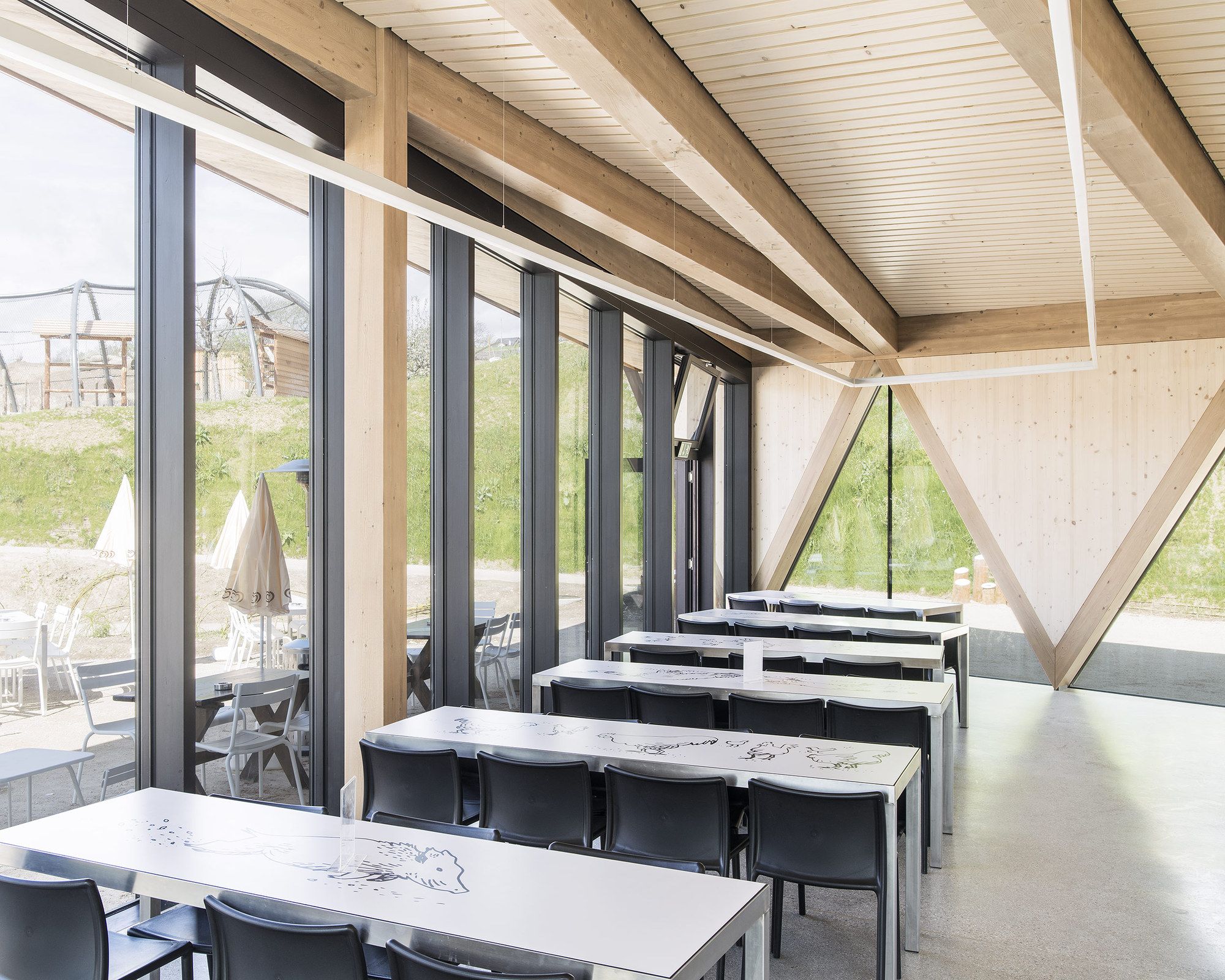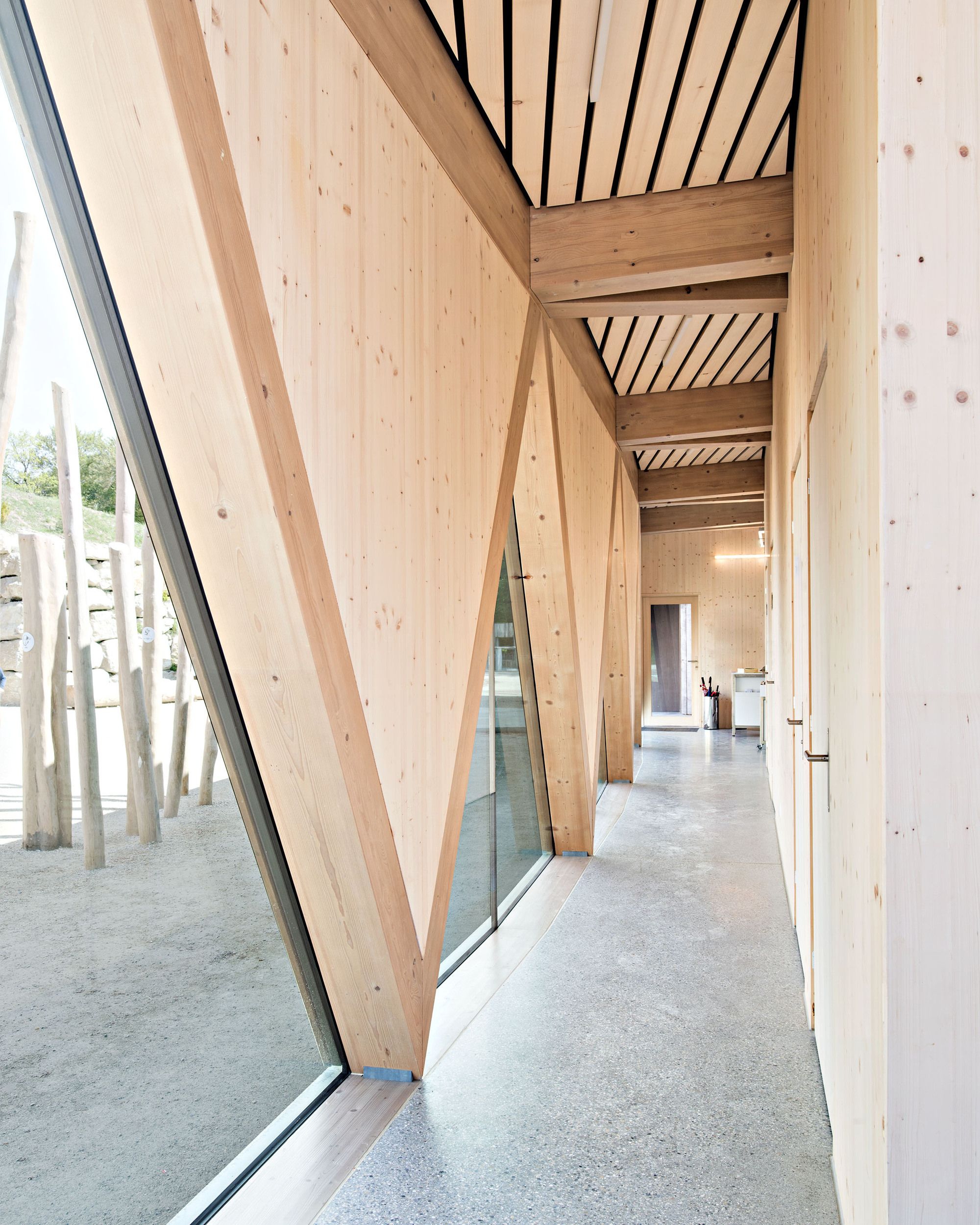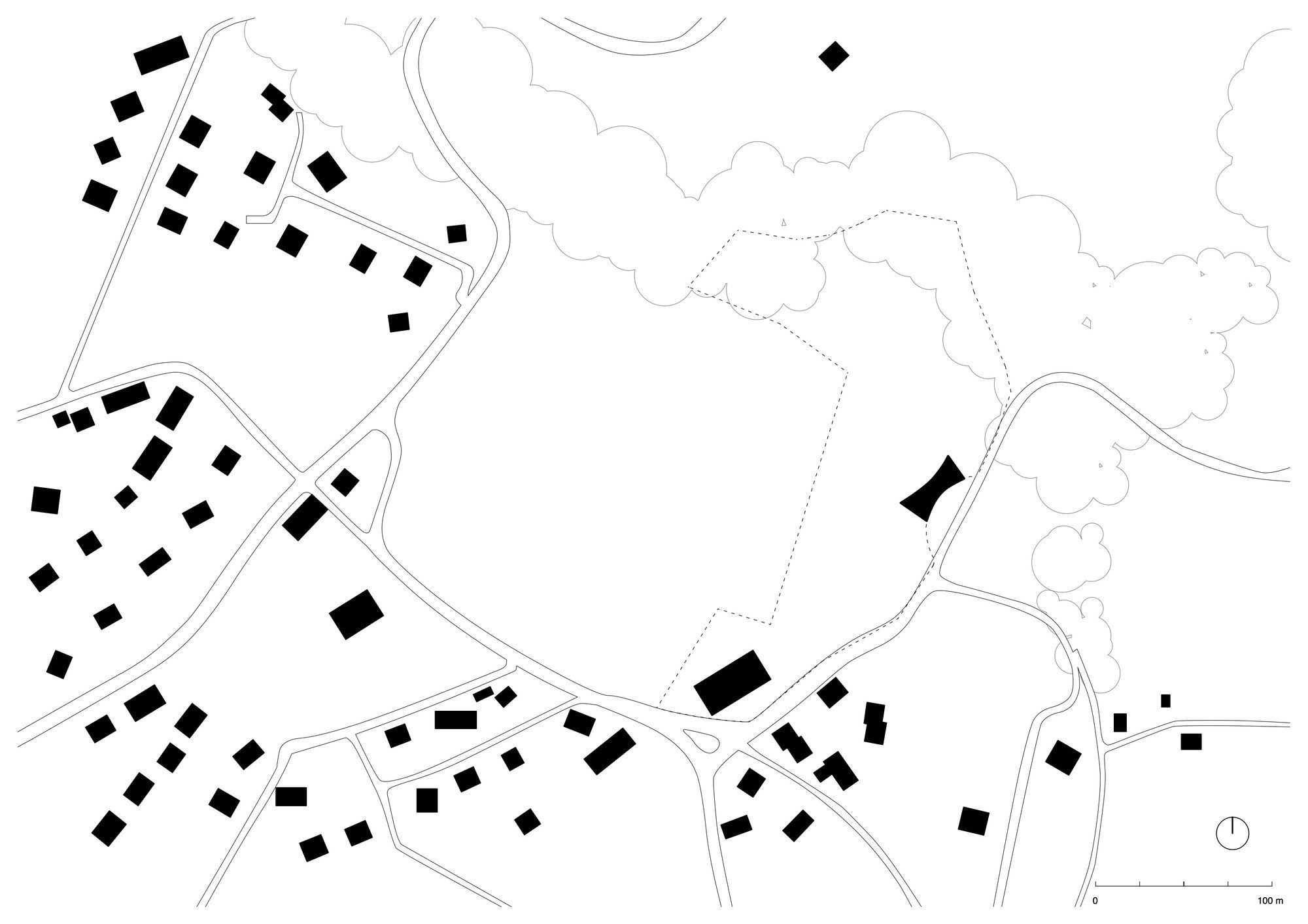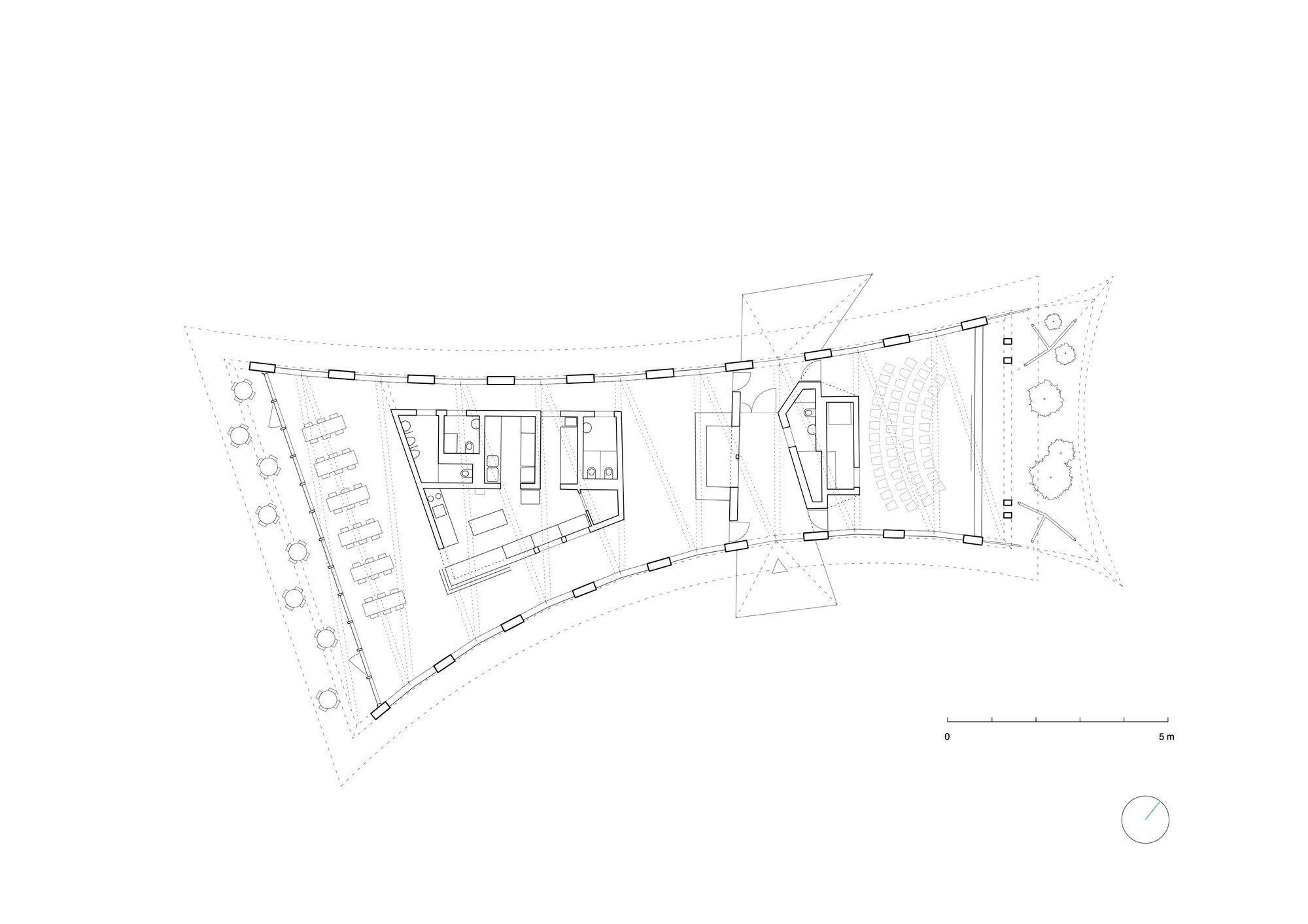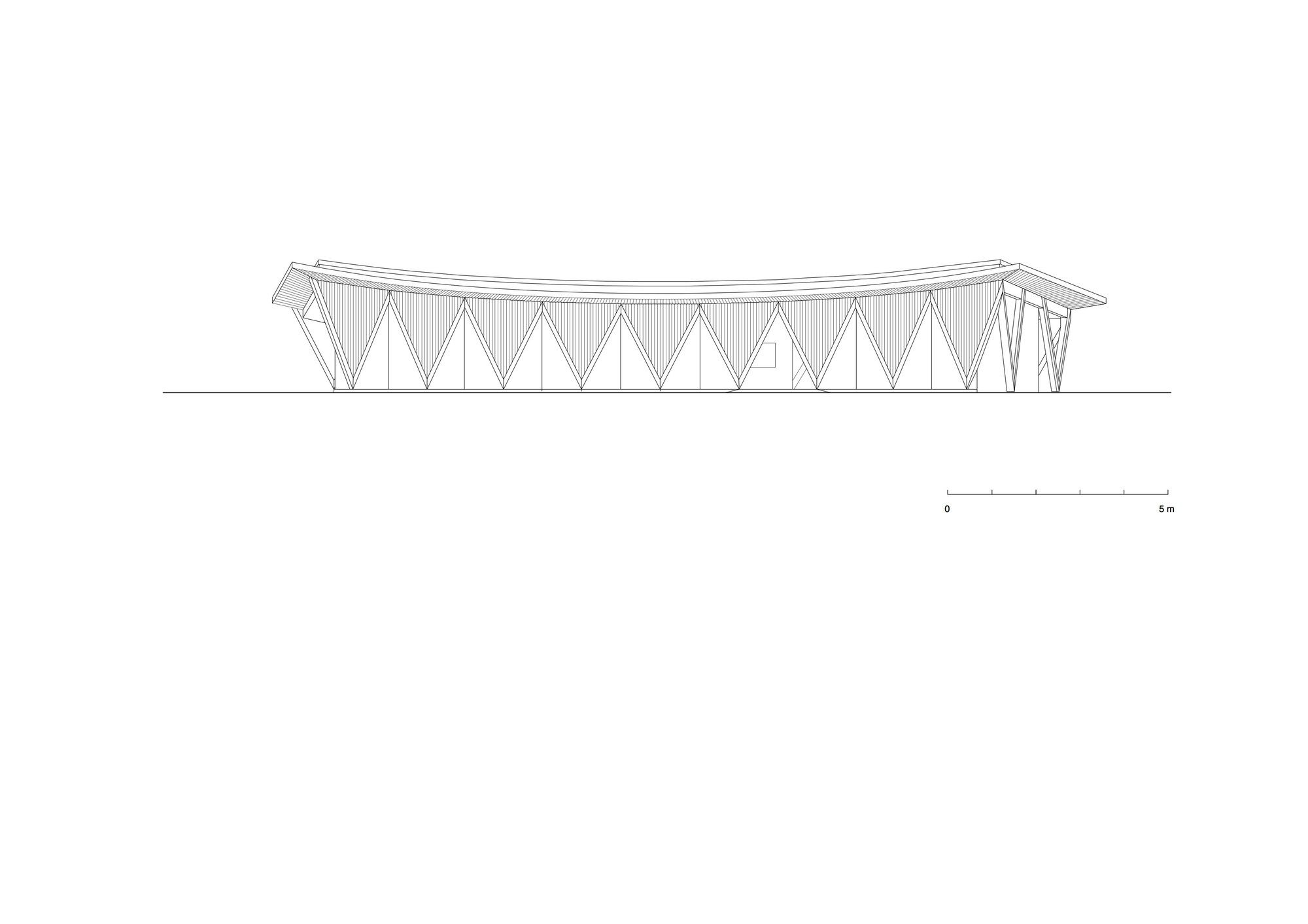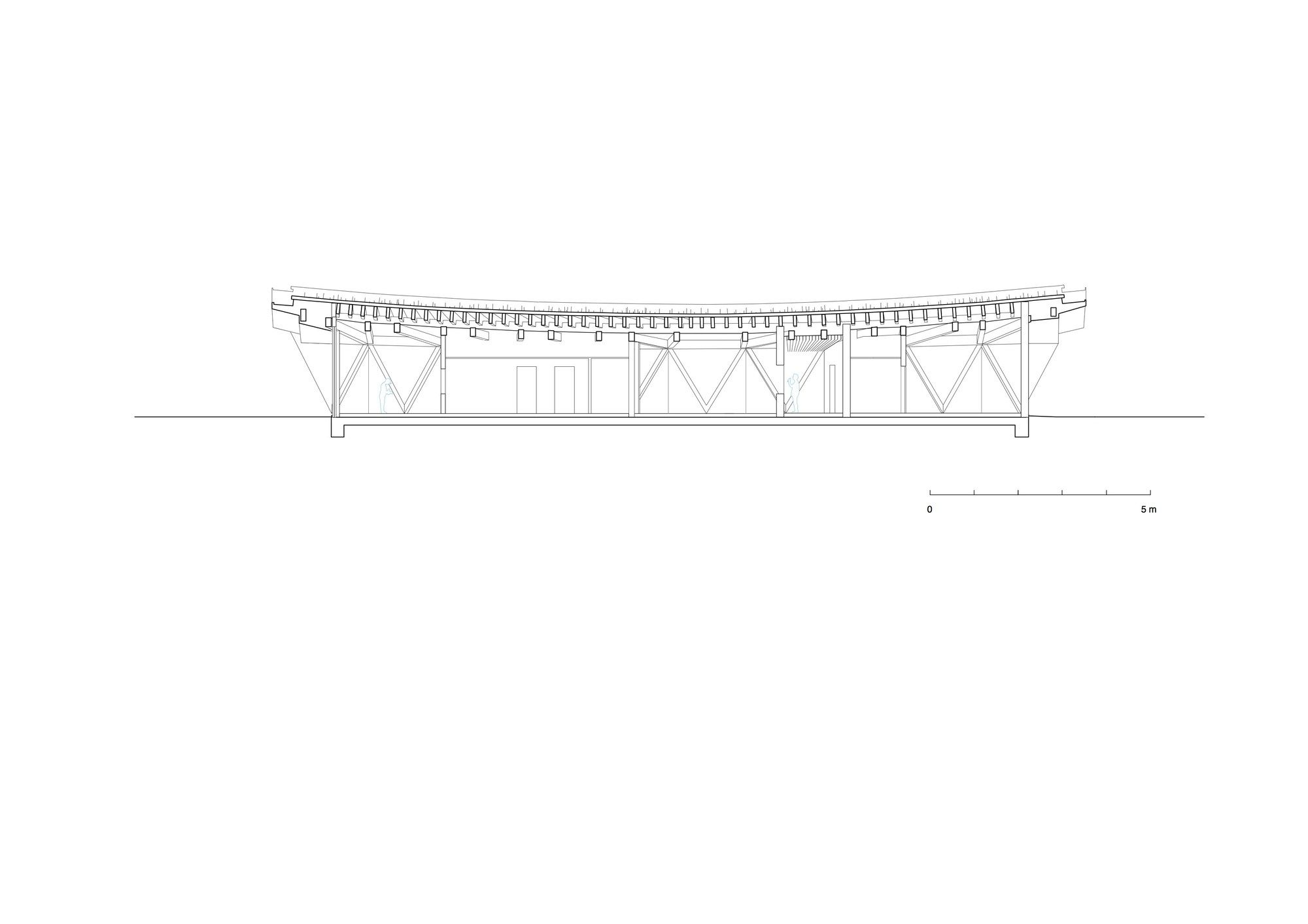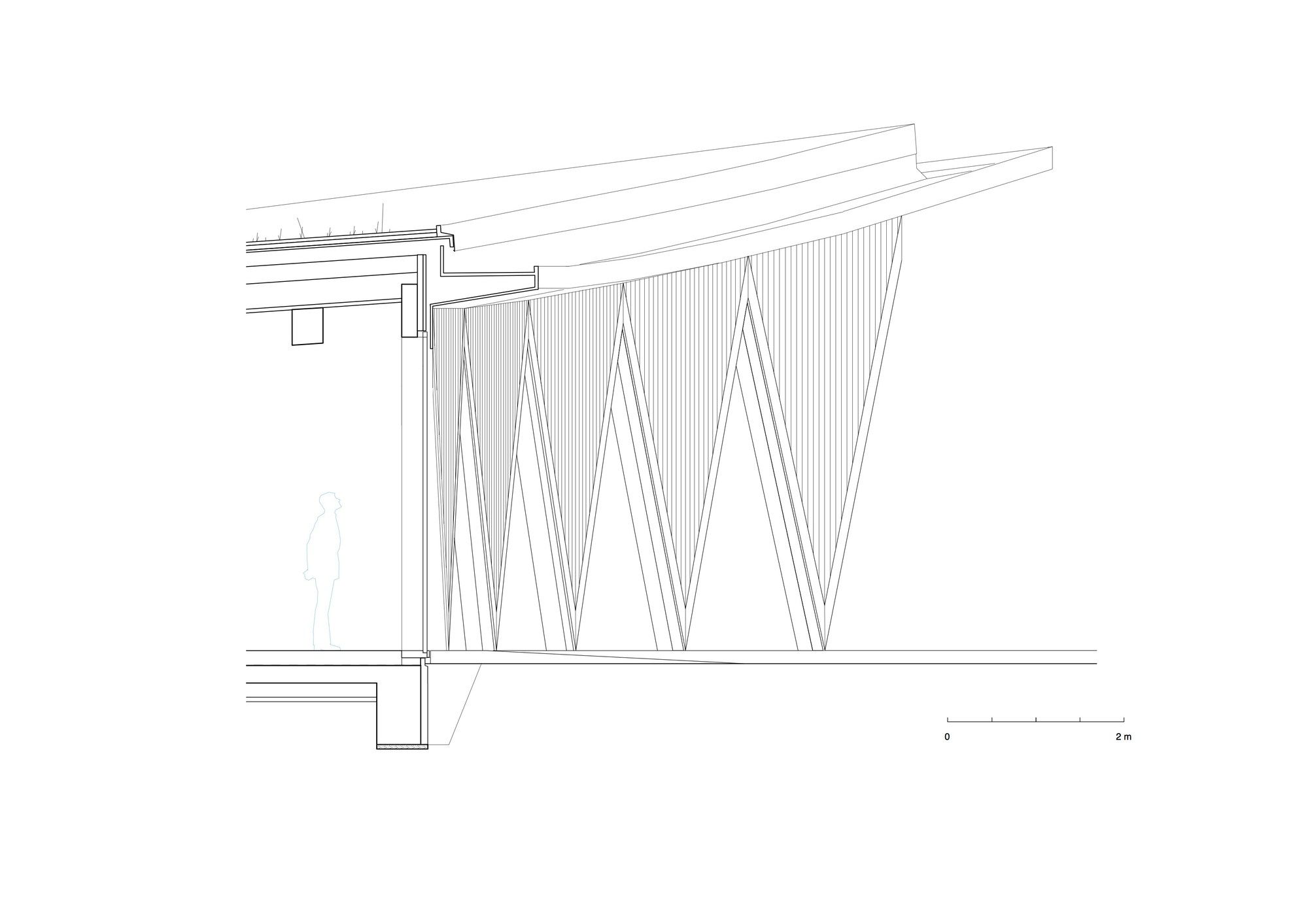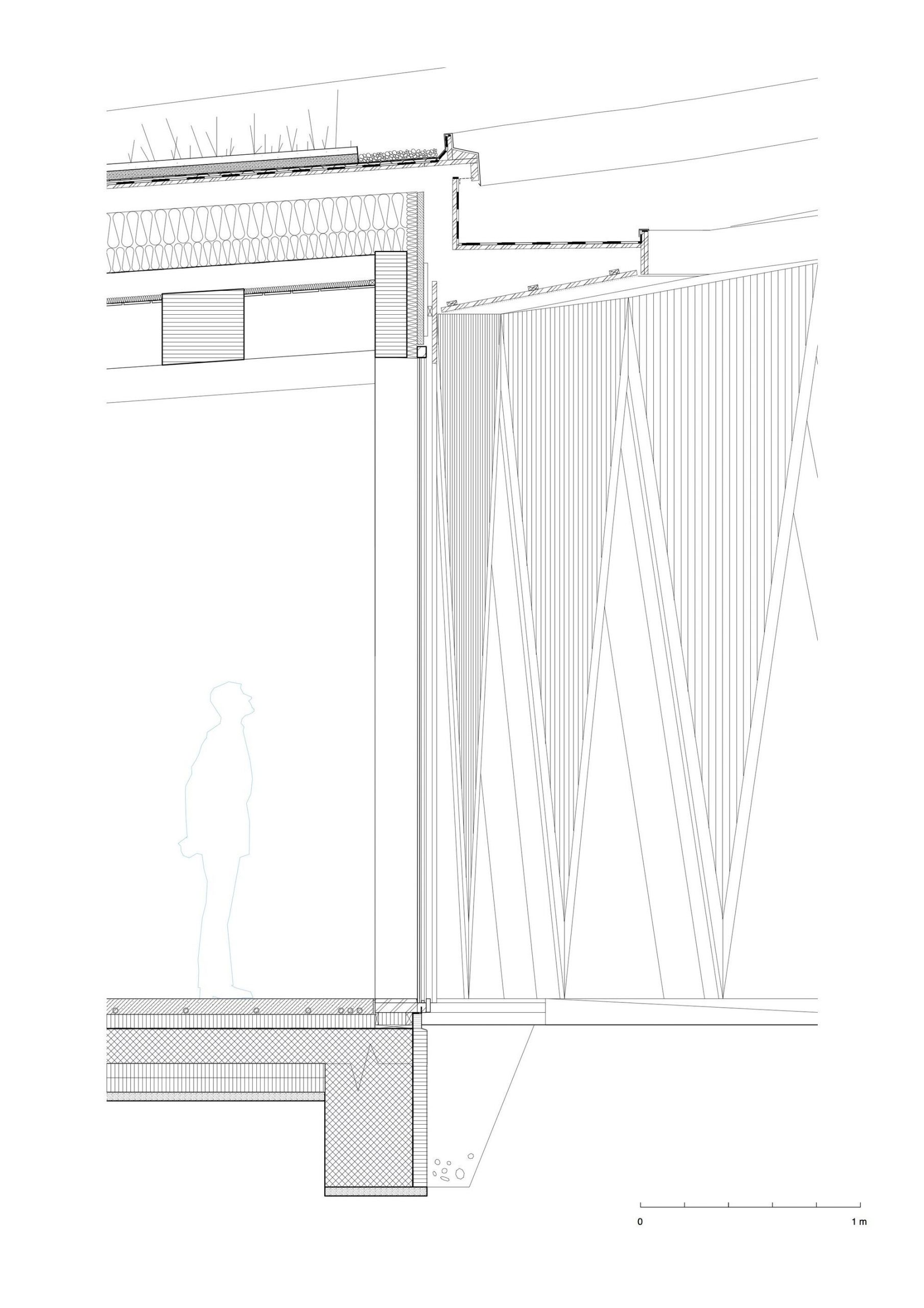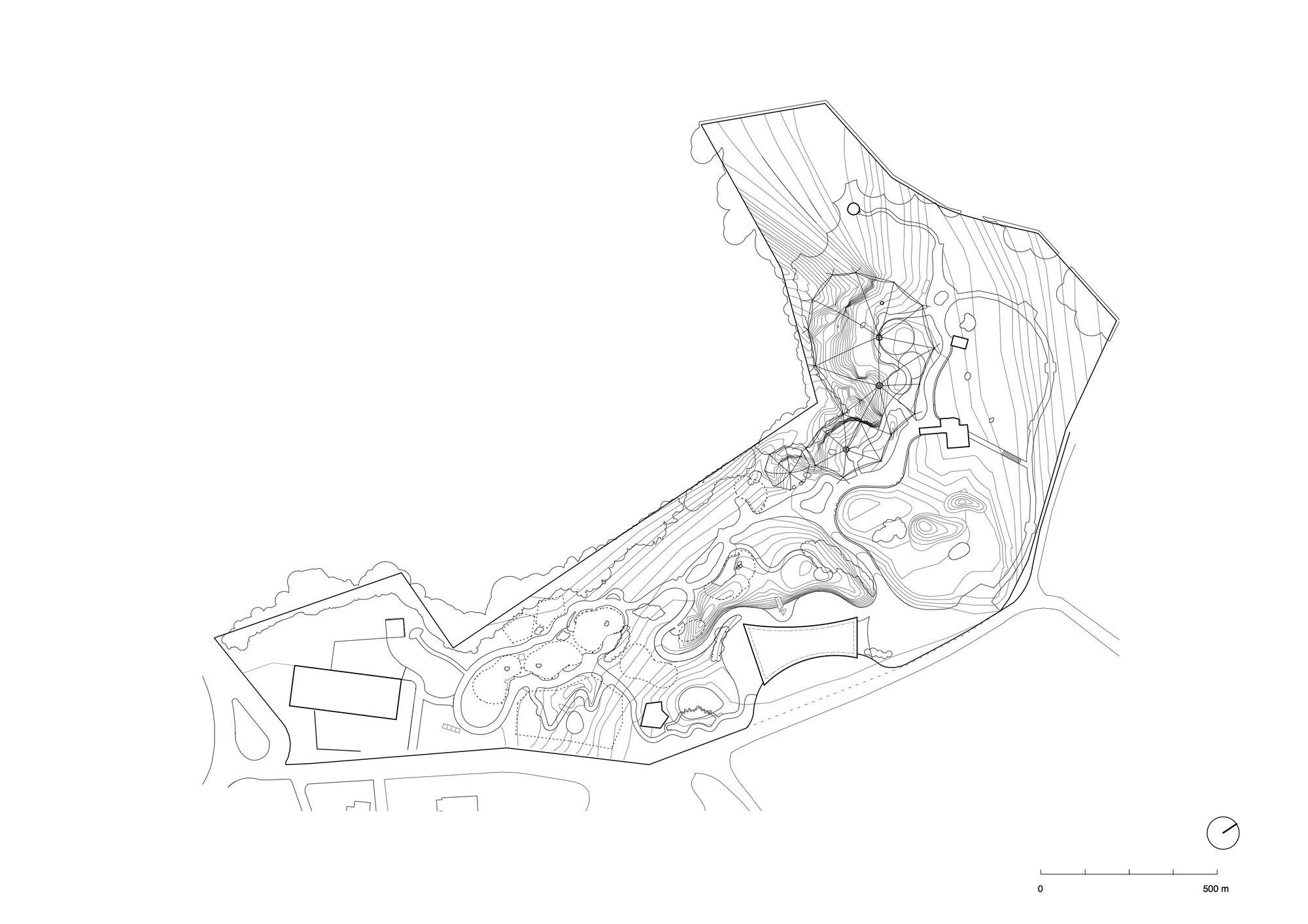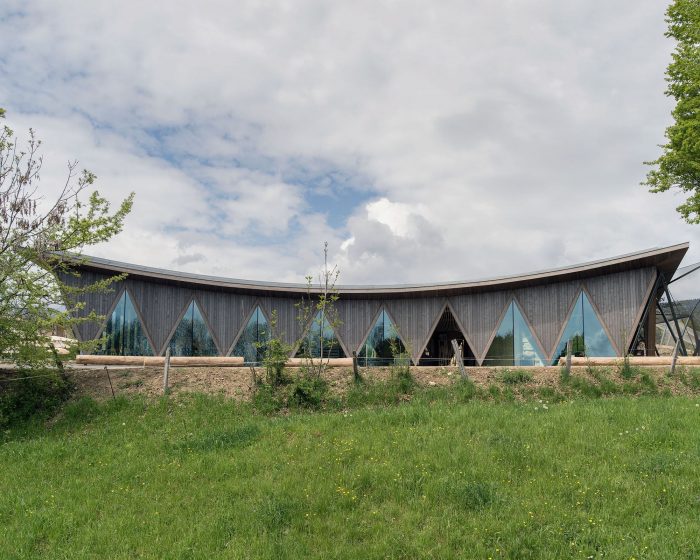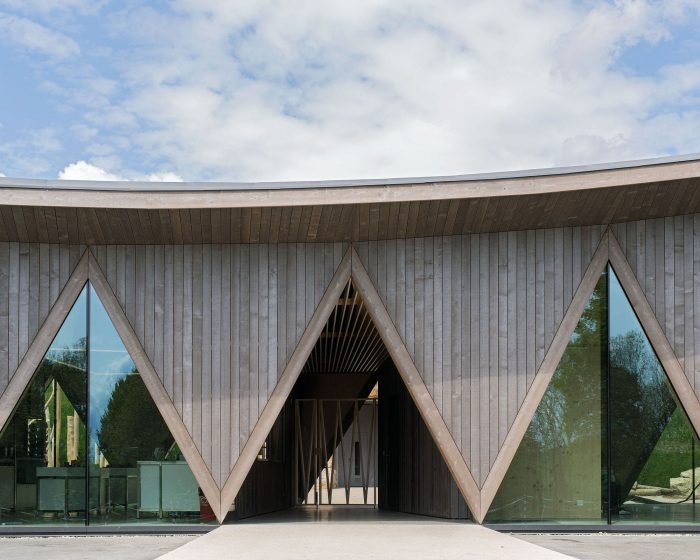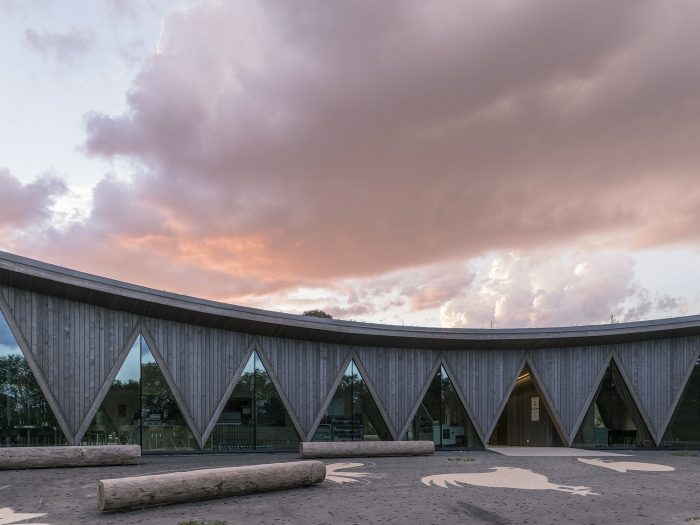The recently completed ROB|ARCH2016 Conference took place in Sydney Australia, hosted by Australia’s oldest University, The University of Sydney. The conferences and workshops took place between the 14th and 19th of March, with Dagmar Reinhardt, Rob Saunders, Marjo Niemelä and Jane Burry as conference chairs, and the set was the iconic industrial Pier 2/3. But what is Robots in Architecture all about? It’s about the “adoption of digital fabrication in the creative industries continues to accelerate as the potential for innovation and creative expression using robotics is being harnessed”. It offers the visitors one of the few hands-on experiences with robotic technology, but also provides the scenery for researchers to meet and “exchange expertise, explore methods, compare techniques and forge new connections”. The ROB|ARCH2016 Conference featured presenters from practical or academic institutions from all over the world. Participants were awarded an accompanying book and also other additional and supporting material, from the organizers of the workshops and the general industry. As the official website states, “t The presenters at the conference are at the forefront of new robotic technologies and application across a range of fields from robotic fabrication in the construction industry to human-robot interactions in interaction design and creative practice”.
The desired outcome of the 10 hours of formal CPD training was based on the premise that participants will be able to recognize currents trends in the present robotic fabrication in architecture, will differentiate the technical aspects of robotic applications and gather the knowledge to compare robotic application strategies. Also, the participants were able to earn formal CPD points, by submitting a 300-400 word summary of the conference, issued by the Faculty of Architecture, Design and Planning, The University of Sydney.
Robots in Architecture also featured a series of unique workshops. ROBOT UI – User Interfaces for Robots Live Control, organized by HAL Robotics & Bond University, aimed to “initiate participants in collaborative robotics workflows using various sensing devices.” Students were able to “engage with ‘live’ robotics and build in groups dynamic ideation environments where humans and robots actively engage with space”. The Feature-Based Multi-Robot Assemblies, held by HAL Robotics & Bond University, focused on “initiating participants in collaborative robotics workflows using various sensing devices, through a demonstrative application of assisted assembly of generative patterns from a predefined kit of parts”. These parts were randomly distributed throughout a multi-robot work cell, consisting in small-scale industrial arms and sensors that were connected to the same network. They were then automatically located and assembled by the machines, in order to match models designed by participants. Stigmergic Accretion: Semi-Autonomous Polymer Deposition, organized by RMIT Architectural Robotics Lab, explored the relationship between robotic fabrication and generative design, developing a system where robots were “considered agents within the generative design process.” Interactive 3D Printing by Institute of Advanced Architecture Catalunya, Harvard GSD & University of Sydney, and UNSW enabled designers and architects to go beyond the typical, predetermined fabrication process, by introducing sensors and altering the process with real-time feedback. Robotic Sewing of Custom Timber Veneer Laminates, organized by Institute for Computational Design, University of Stuttgart, RAW, and sensiLab, Monash University, aimed to investigate the “architectural potentials of robotic sewing of bespoke timber veneer laminates in combination with elastic bending.”
SuperForm: Robotic Hot-Blade Cutting, held by Odico, Aarhus School of Architecture & University of Sydney, invited “participants to explore a novel method of doubly curved formwork production and concrete casting”.
Spatially Extruded Structured, organized by ETH Zurich, University of Michigan & University of Technology Sydney, explored the “generation of spatial frame structures extruded in midair”, focusing on both the constraints and opportunities that come with non-layer based 3D printing processes.Dynamo-Build! Dynamo-Drive Collaborative Robotics for Automated Construction of Spatial Structures was a workshop organized by Autodesk, Virginia Tech Center for Design Research, Walter P Moore Engineering, MASS Design Group and Delcam, and was the first public test of the Dynamo-to-Robot plugin. The workshop explored “integrated computational design and structural optimization-to-robotic fabrication workflows to design, evaluate, and fabricate a large format prototypical spatial structure using human-machine collaboration.” The ROB|ARCH2016 also featured some industry workshops, such as the Direct Robot Control Through MXAutomation, organized by KUKA Robotics & Association for Robots in Architecture, the Truly Collaborative Robots by ABB, the Human Robot Interactions by KUKA Robotics Australia, the Cadcam Progamming of a Robot with Powermill Robot, held by Delcam and a Grasshopper Training Course, courtesy of University of Sydney, Faculty of Architecture, Design and Planning. Besides the workshops and conferences, Robots in Architecture 2016 also featured 2 special events. The Huang Yi and KUKA Performance, a mesmerizing choreography between man and robot, brought sharp precision to the human act and the stage, intertwining “poetic work that flawlessly intertwines modern dance and visual arts with the realm of robotics.”. The other special event was the Architectural Tour of Sydney Opera House, listed in 2007 as a UNESCO World Heritage site. The tour focused on the architectural concept of Jorn Utzon and visiting areas off-limits to the general public and capturing “photographs from rare vantage points from inside”.
